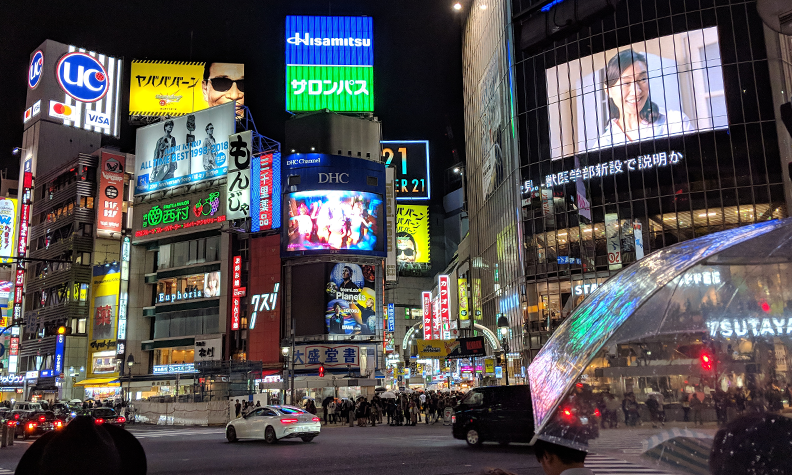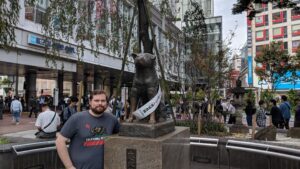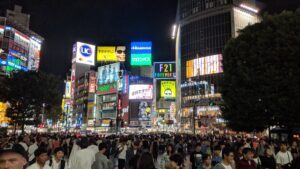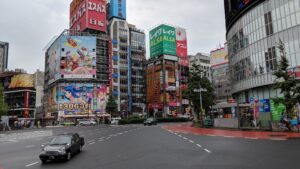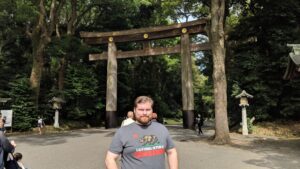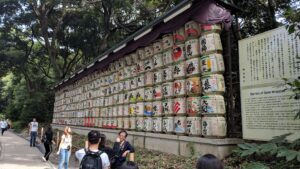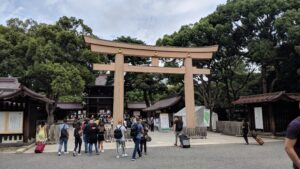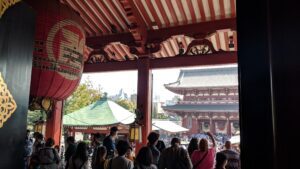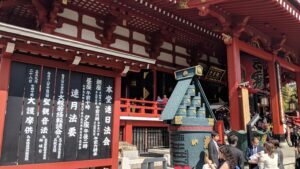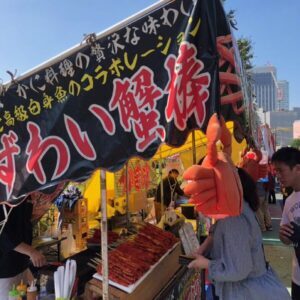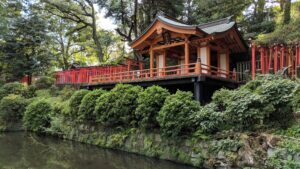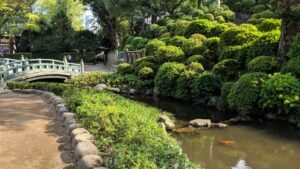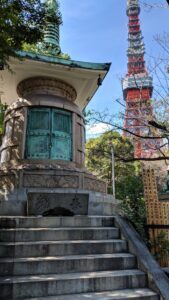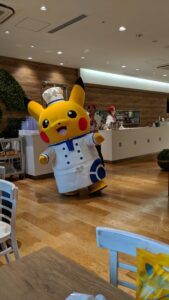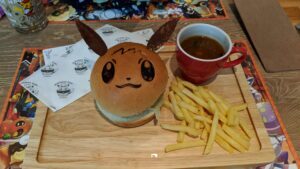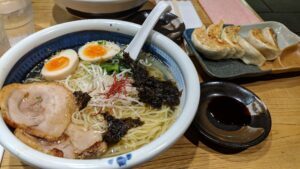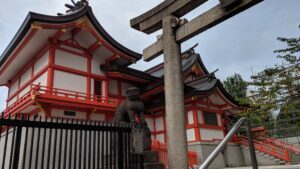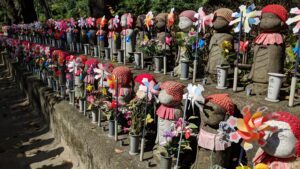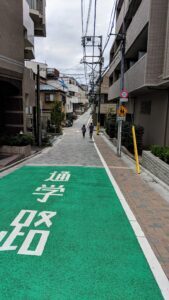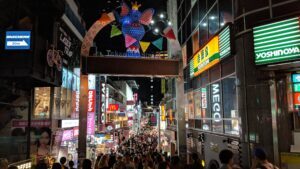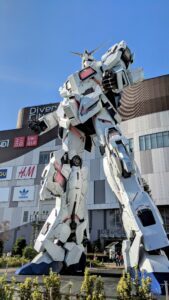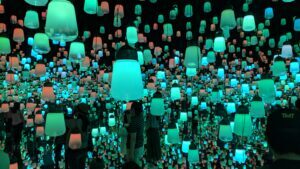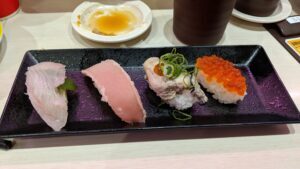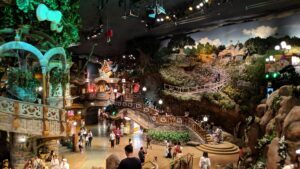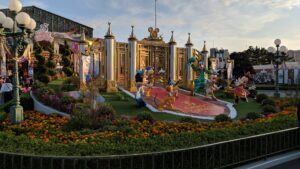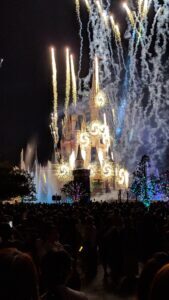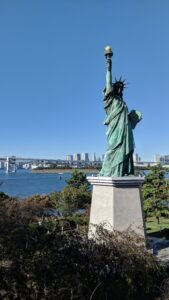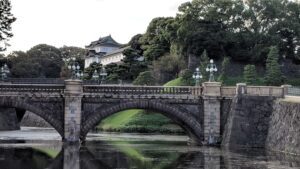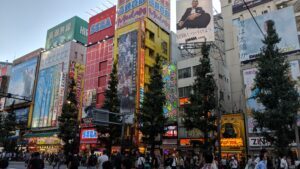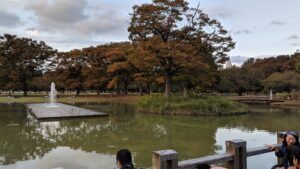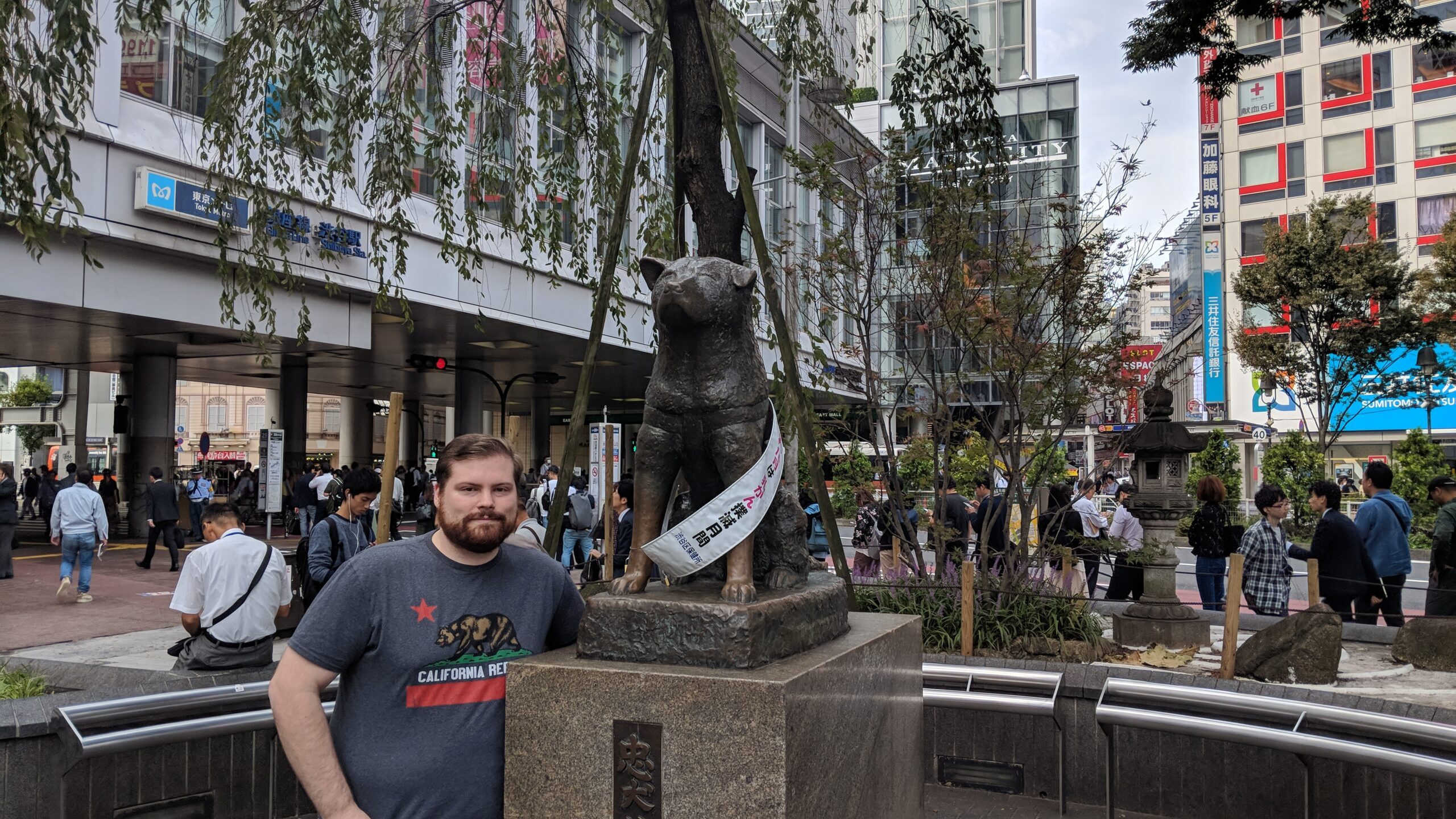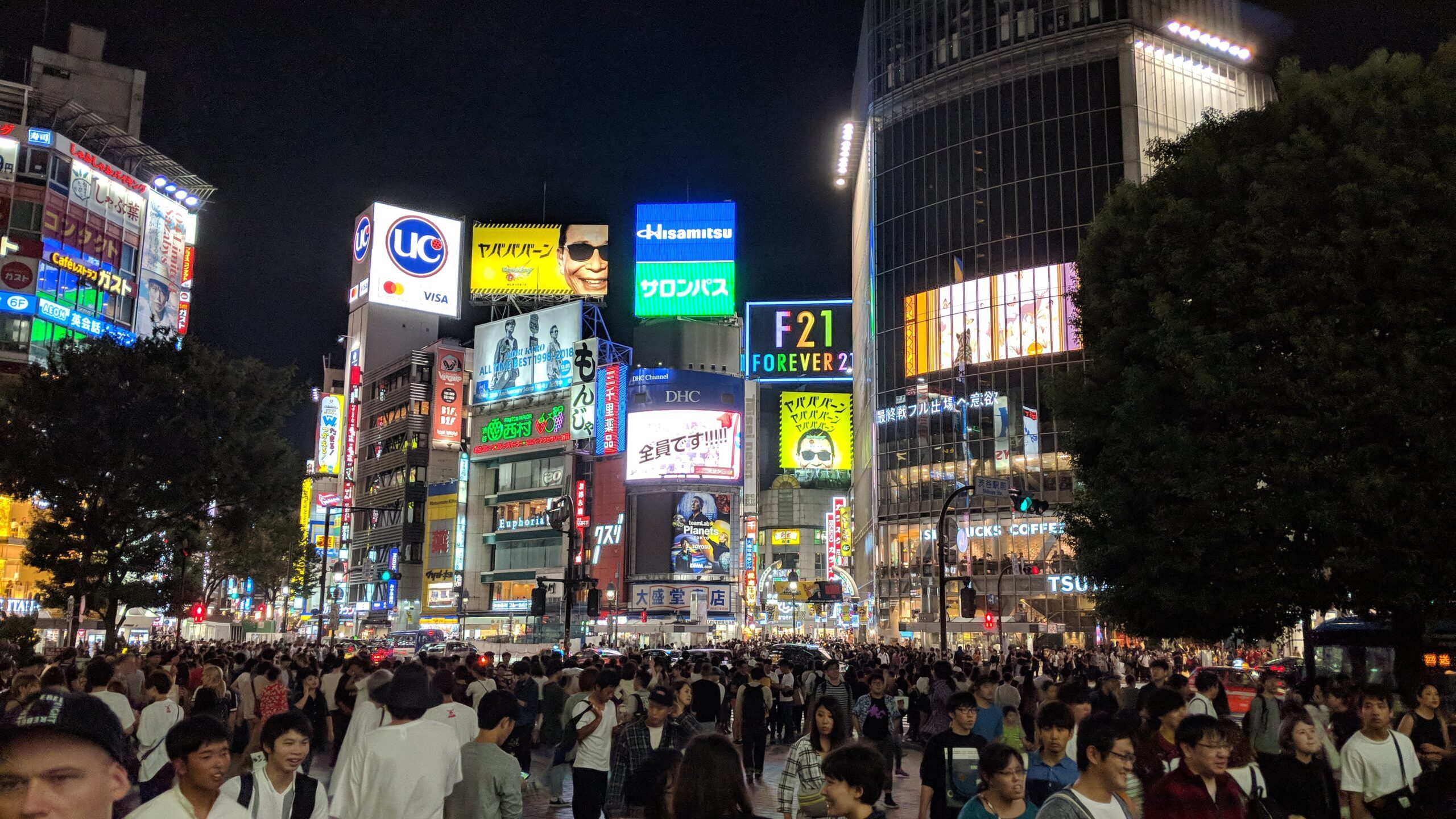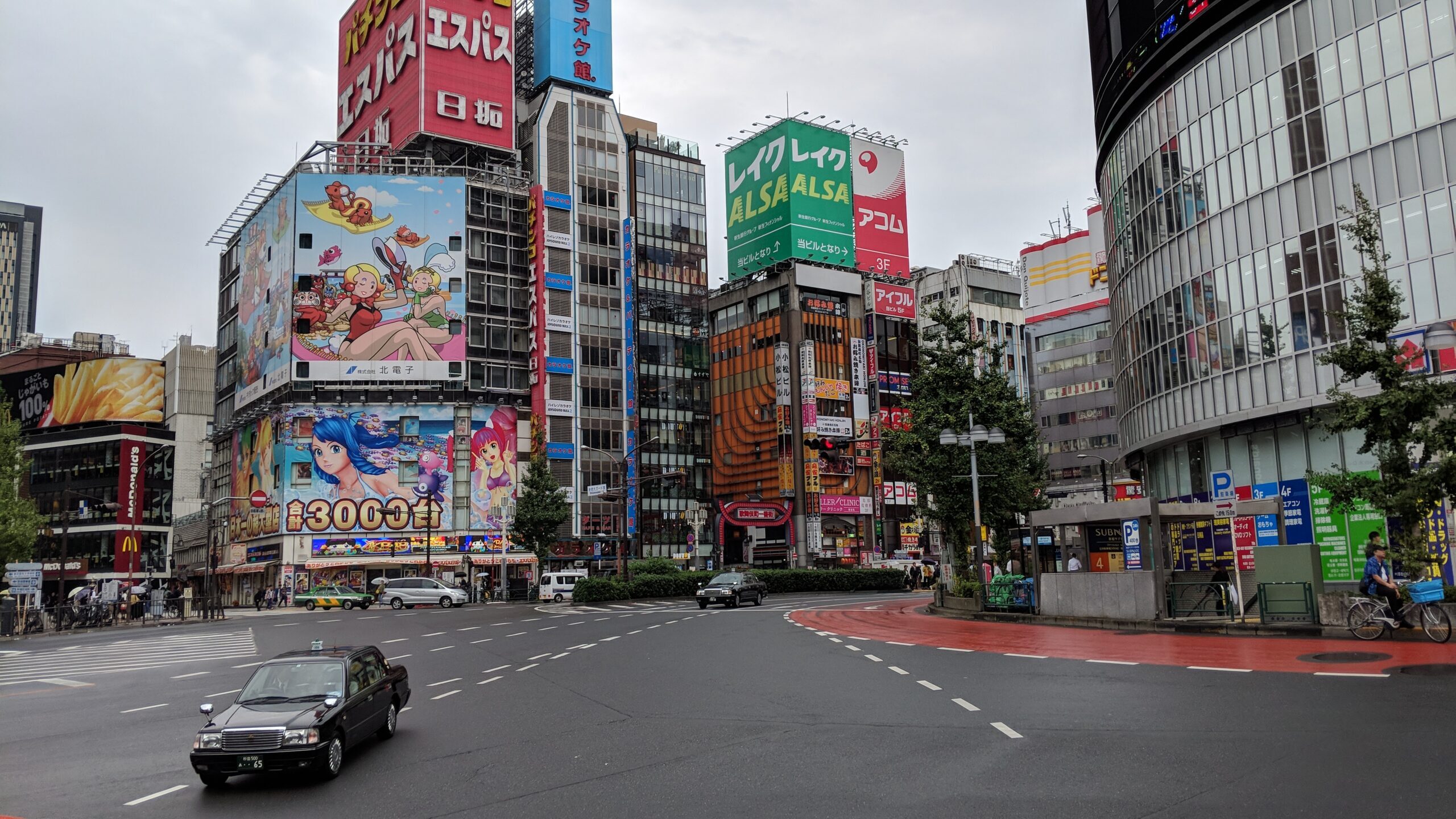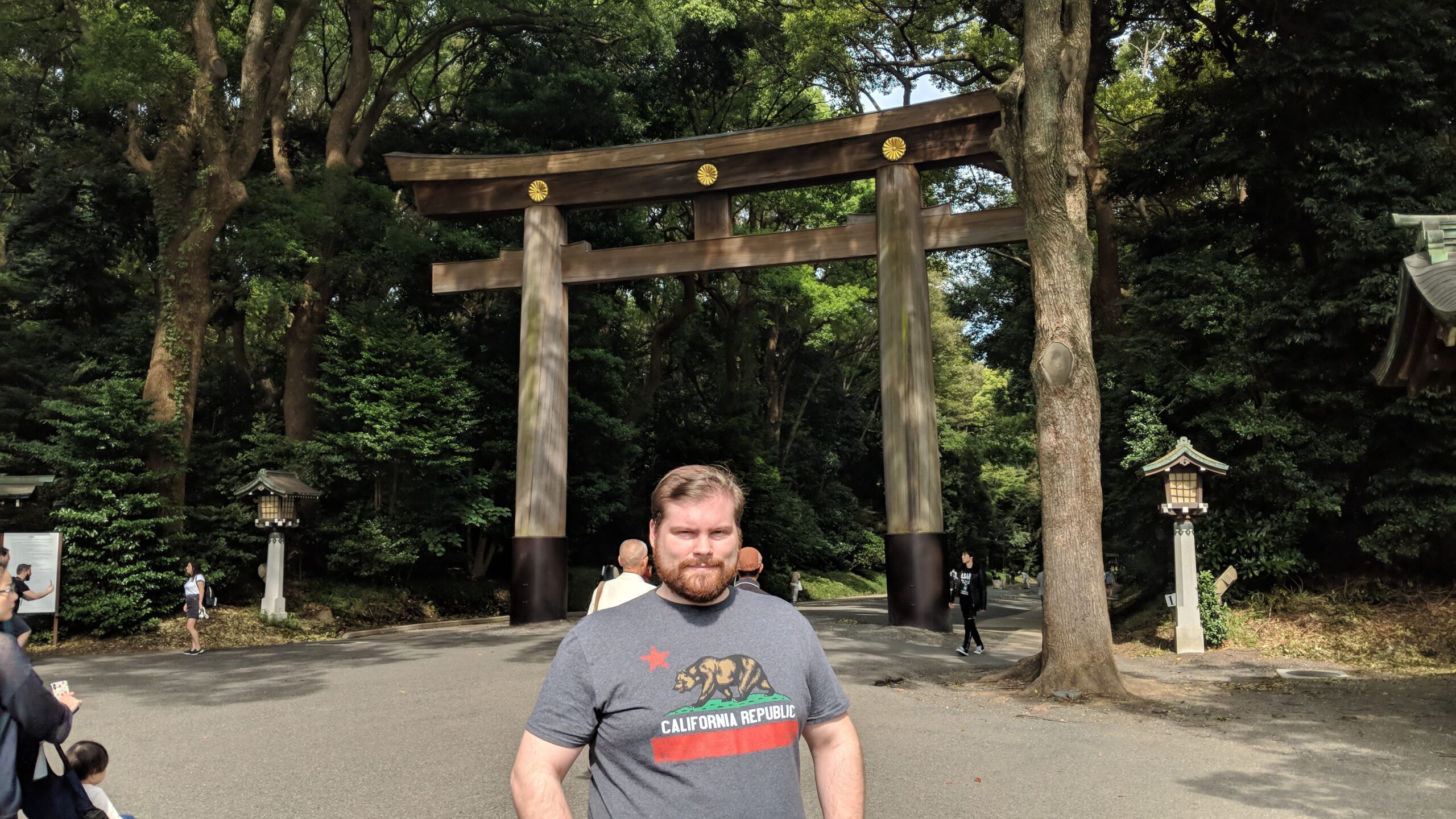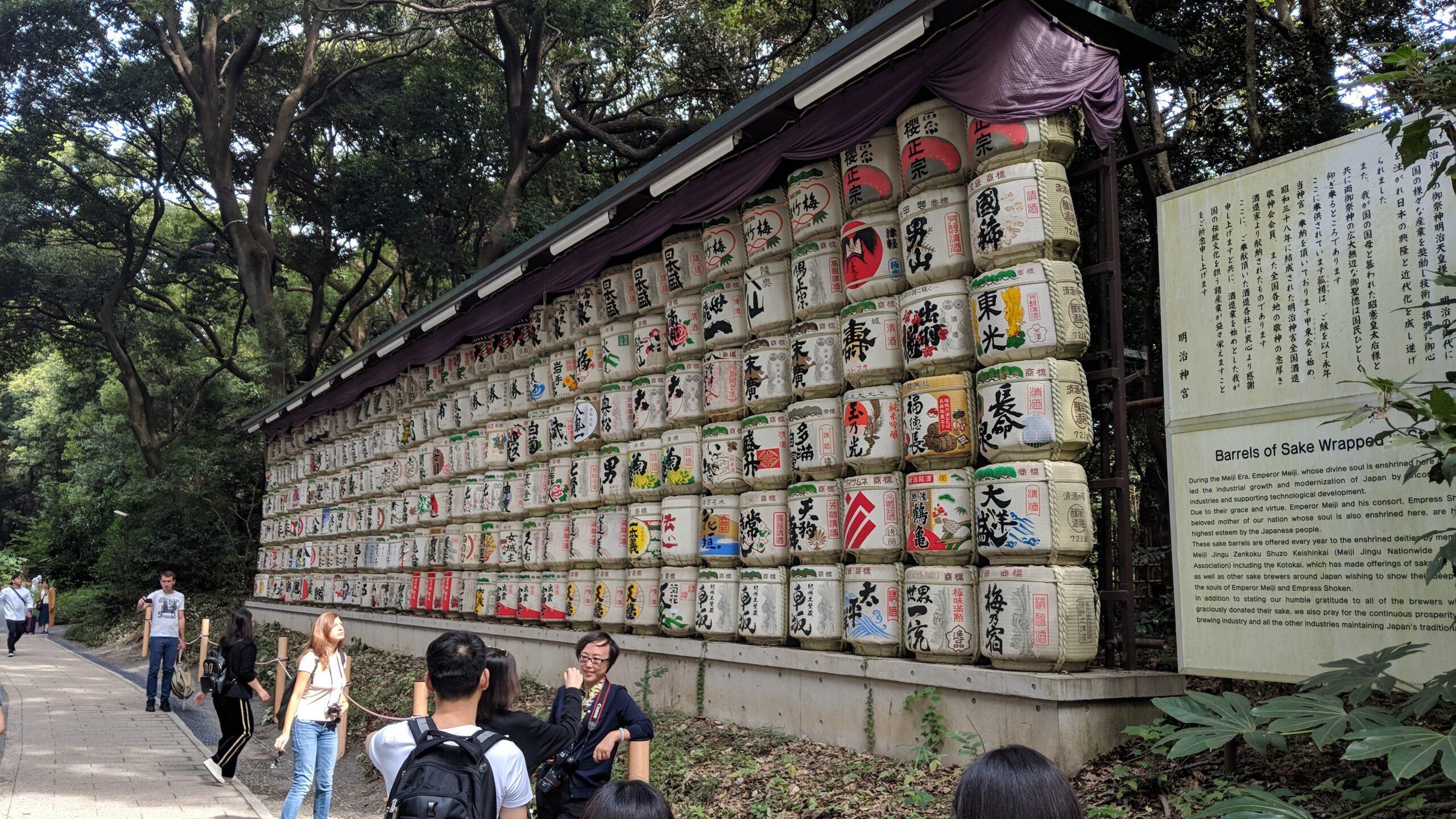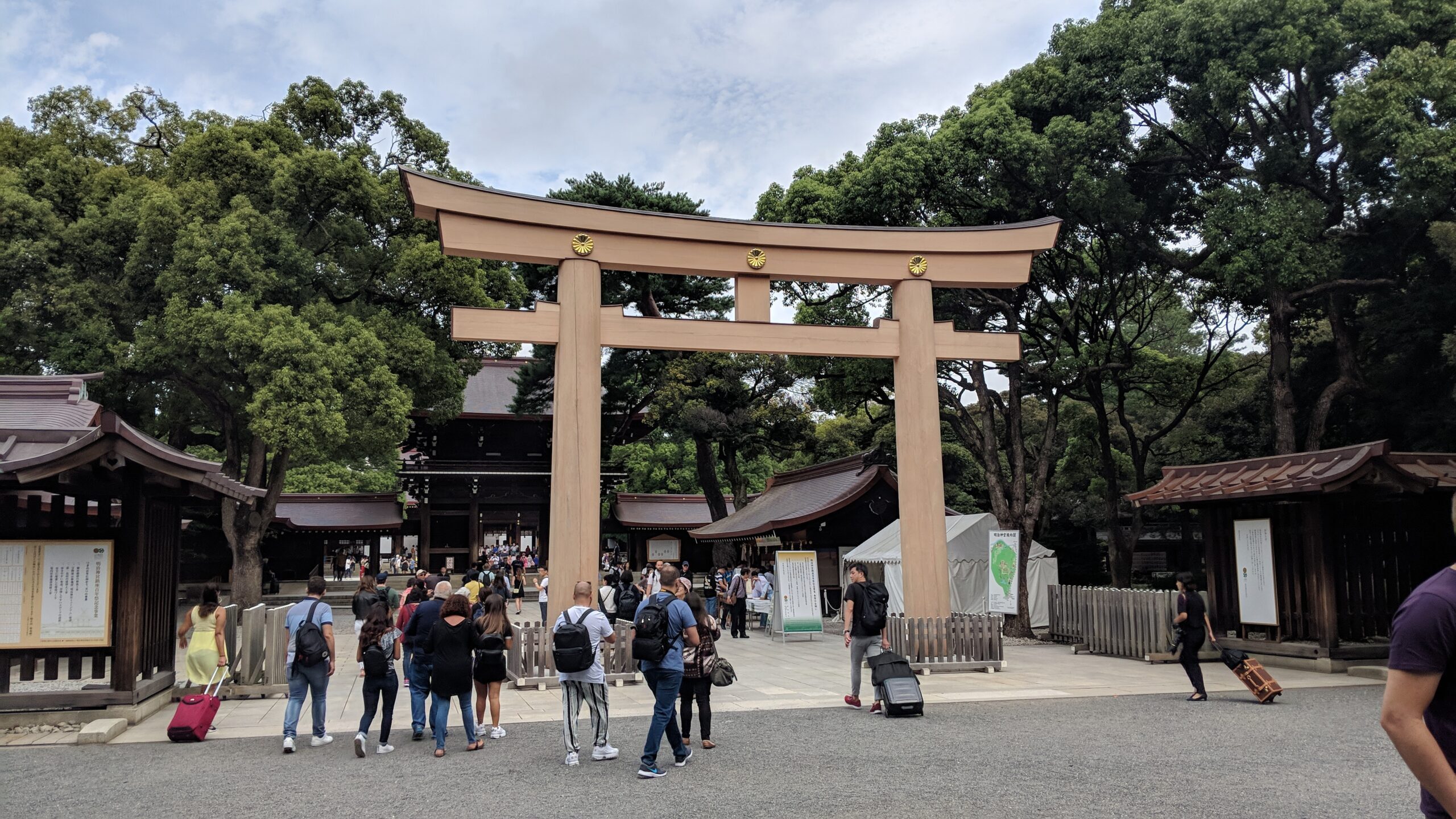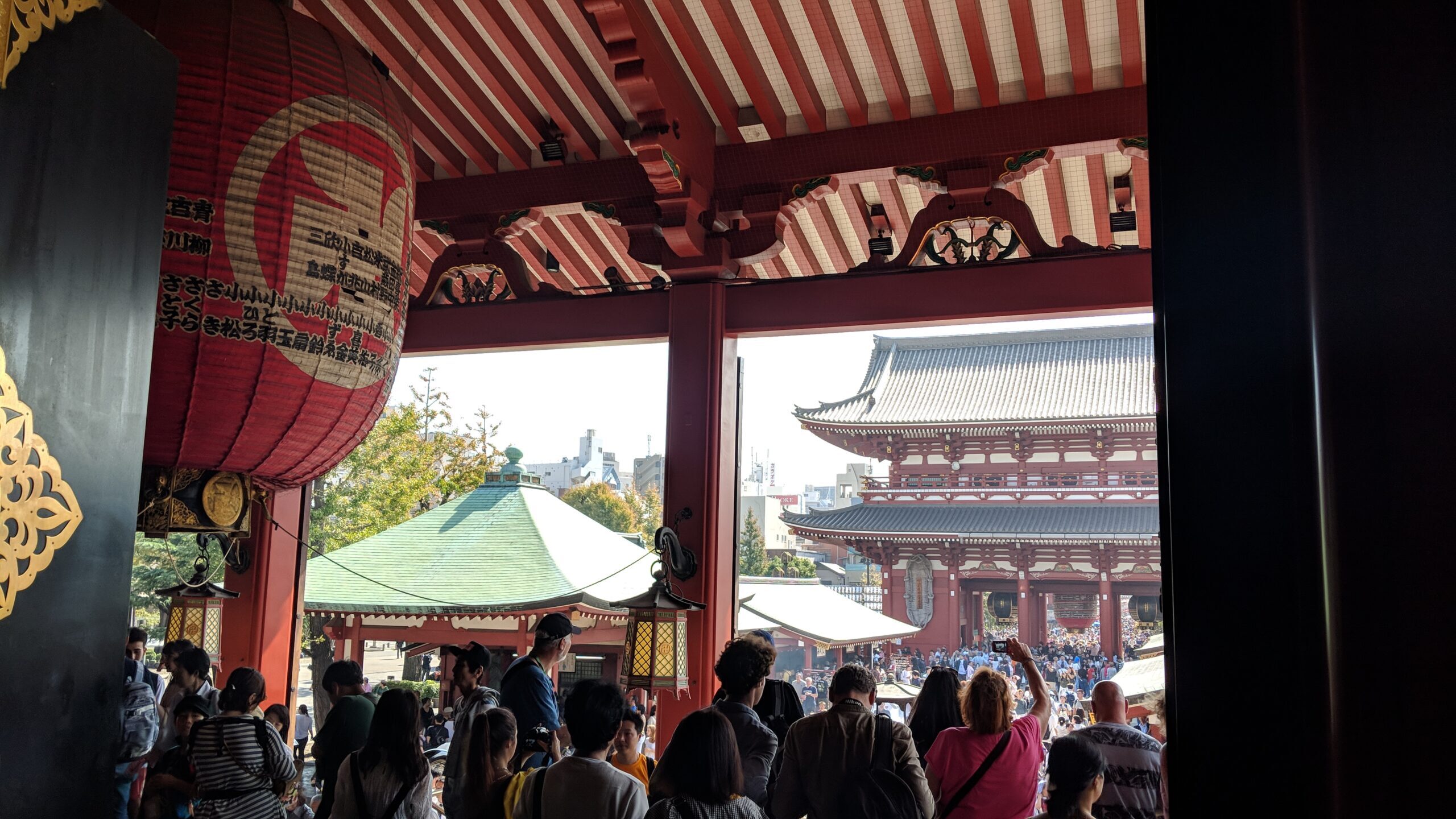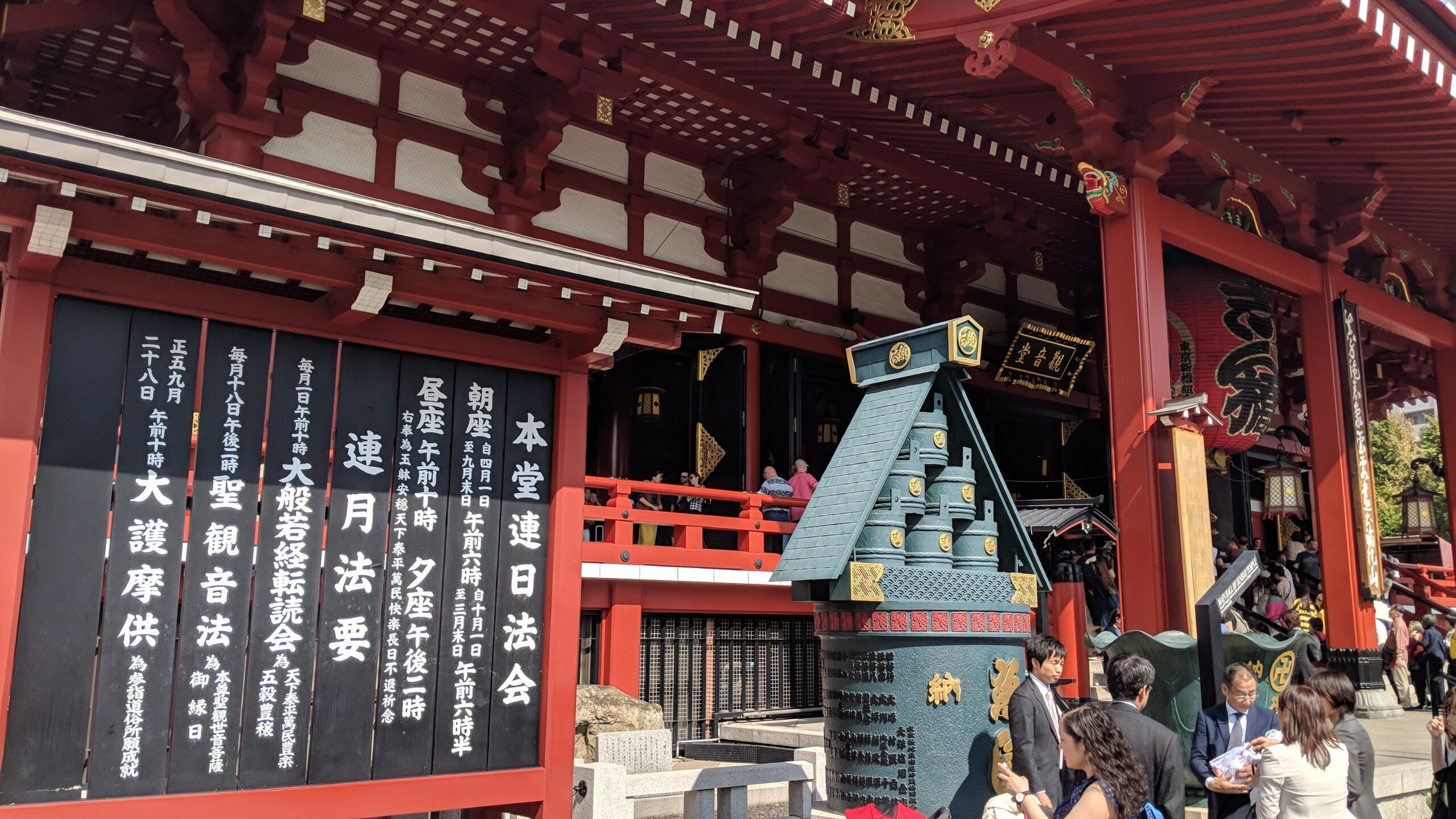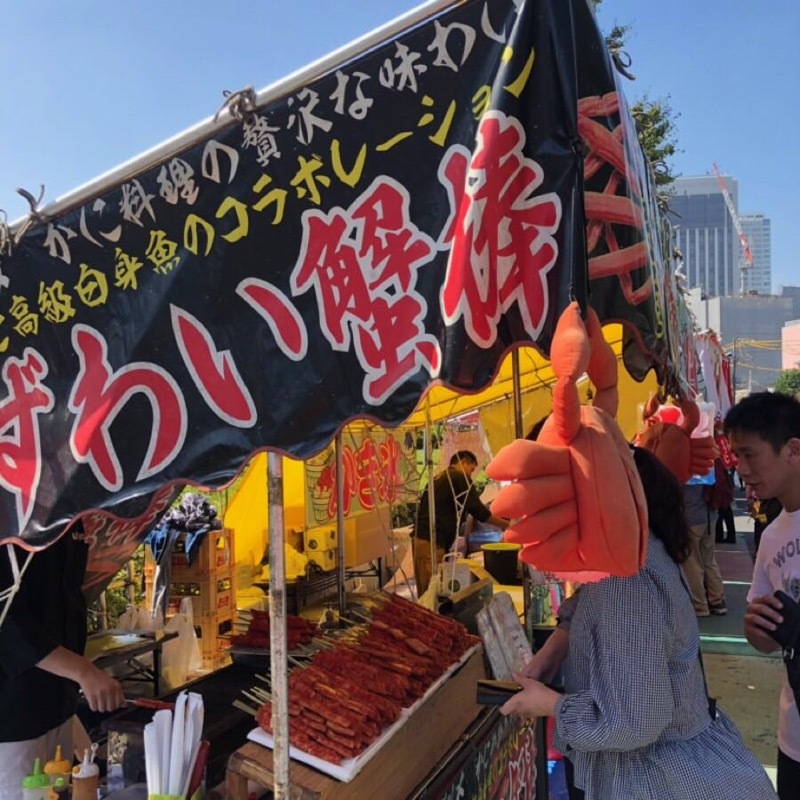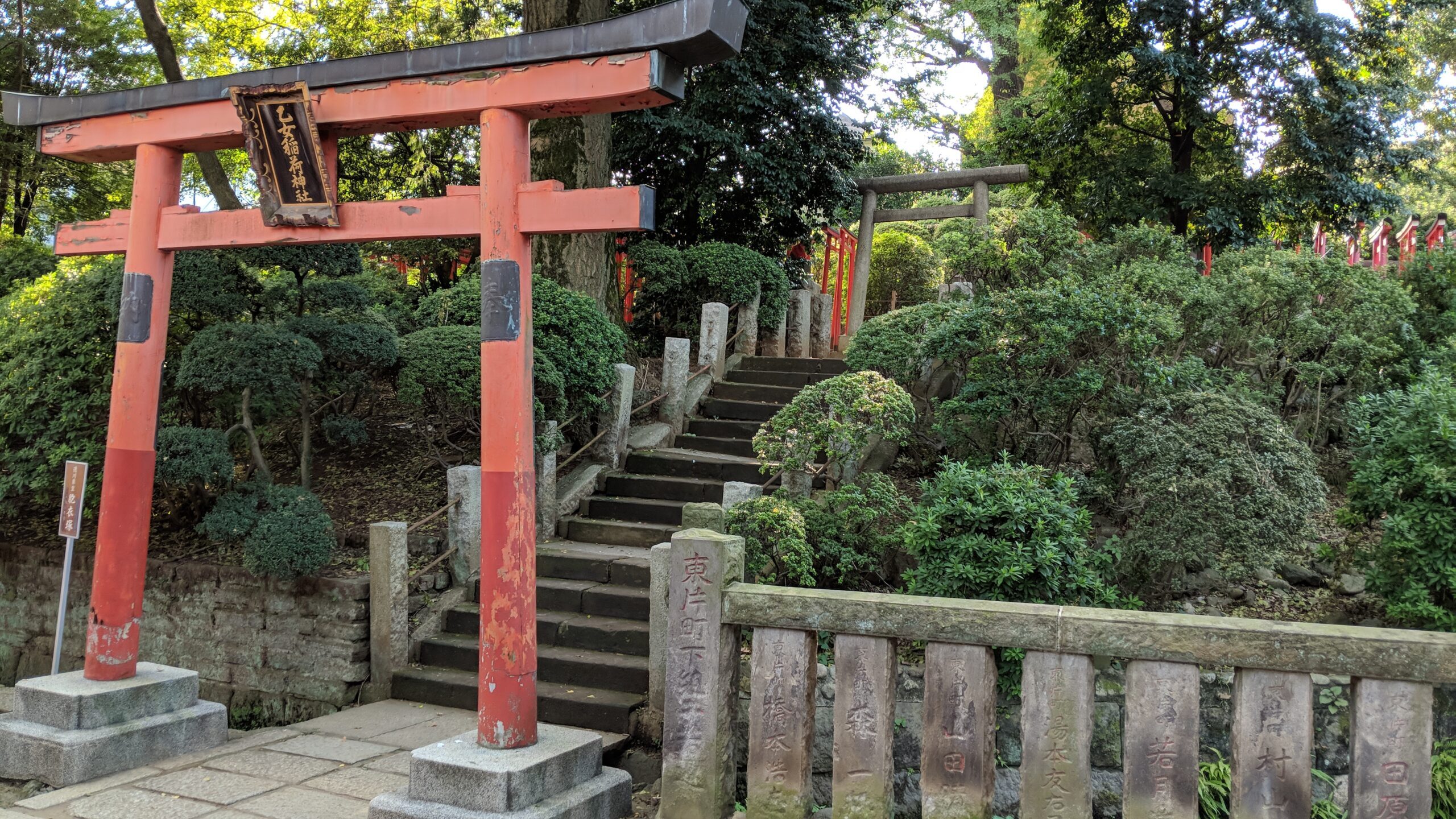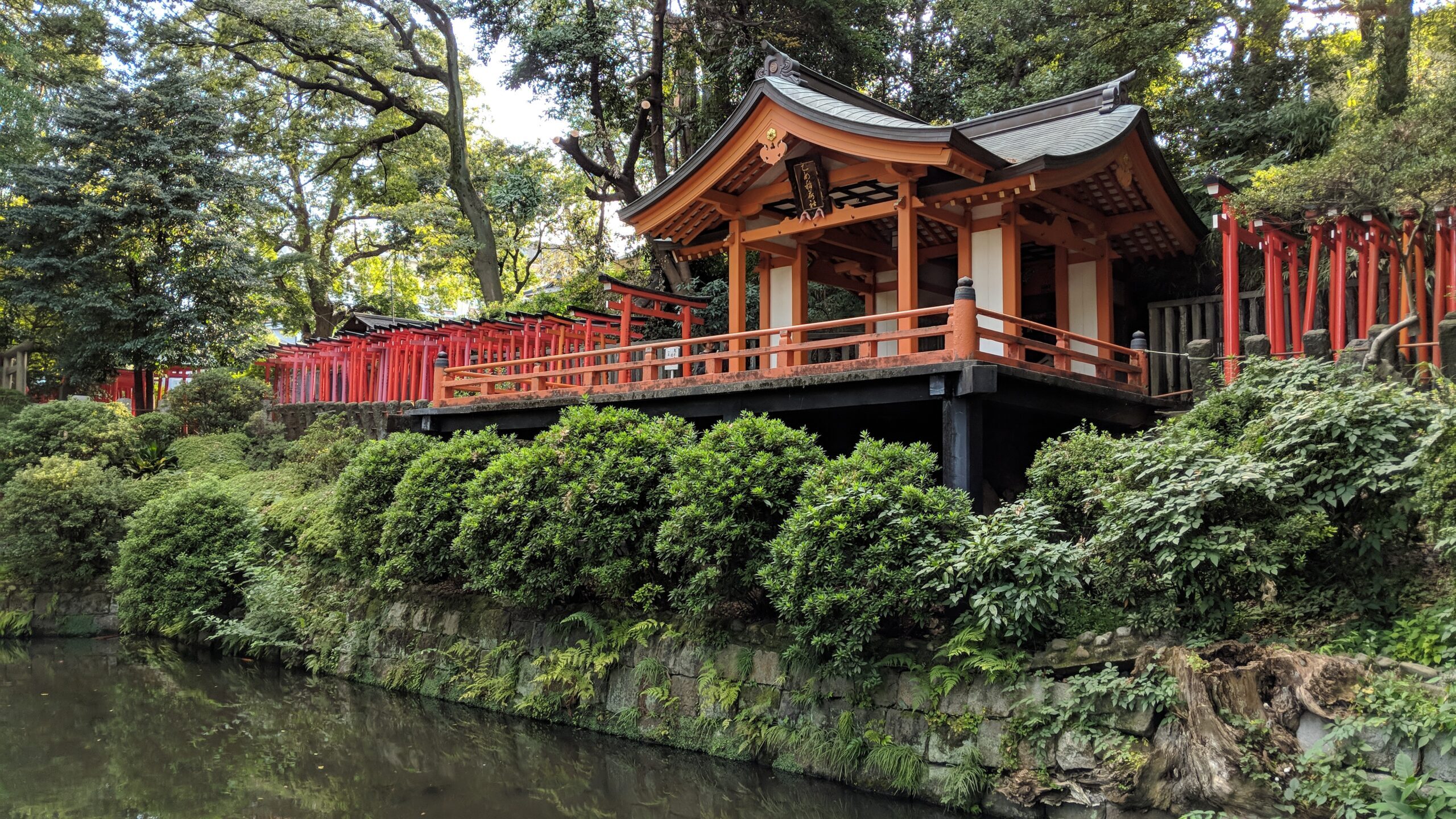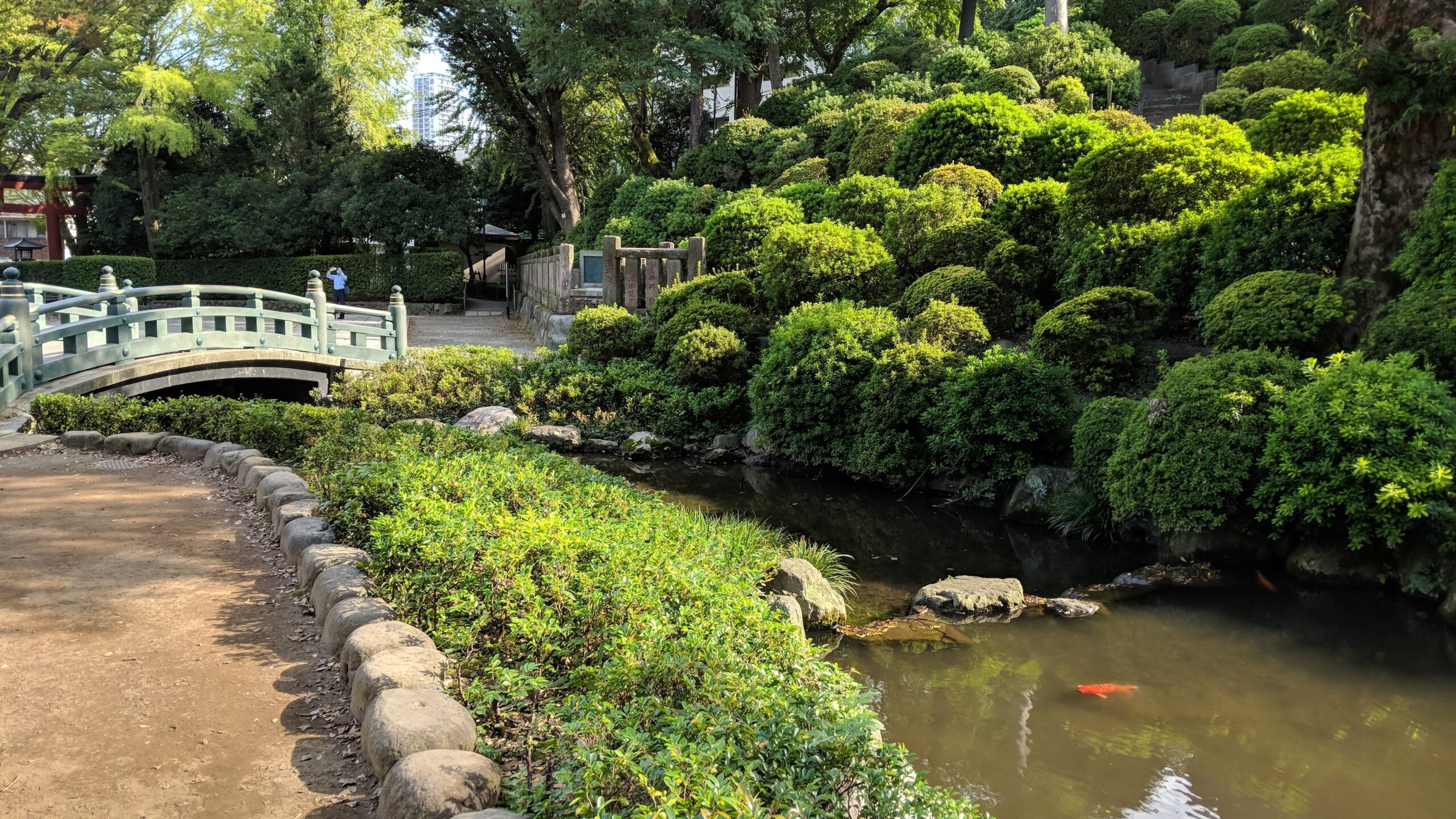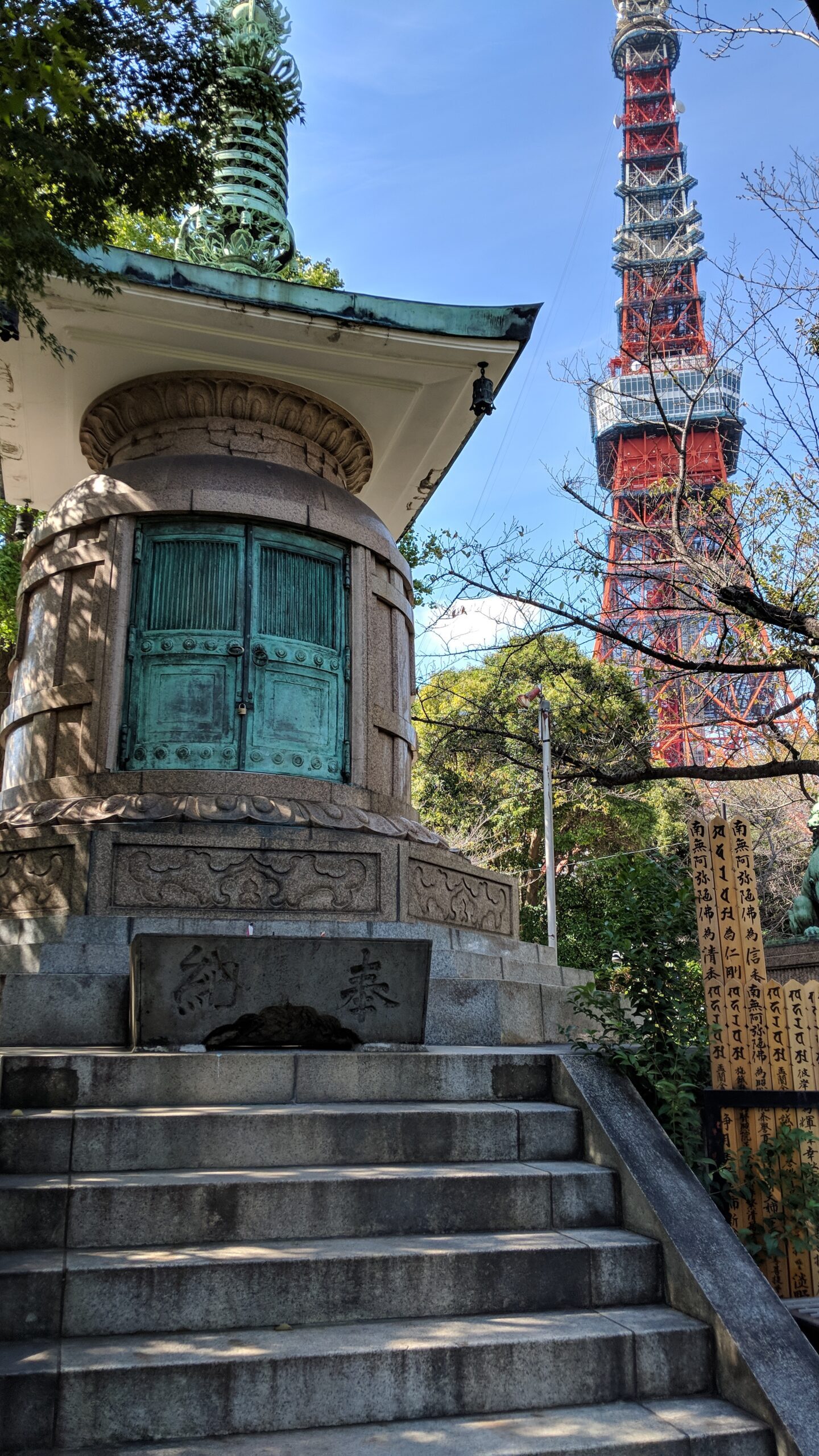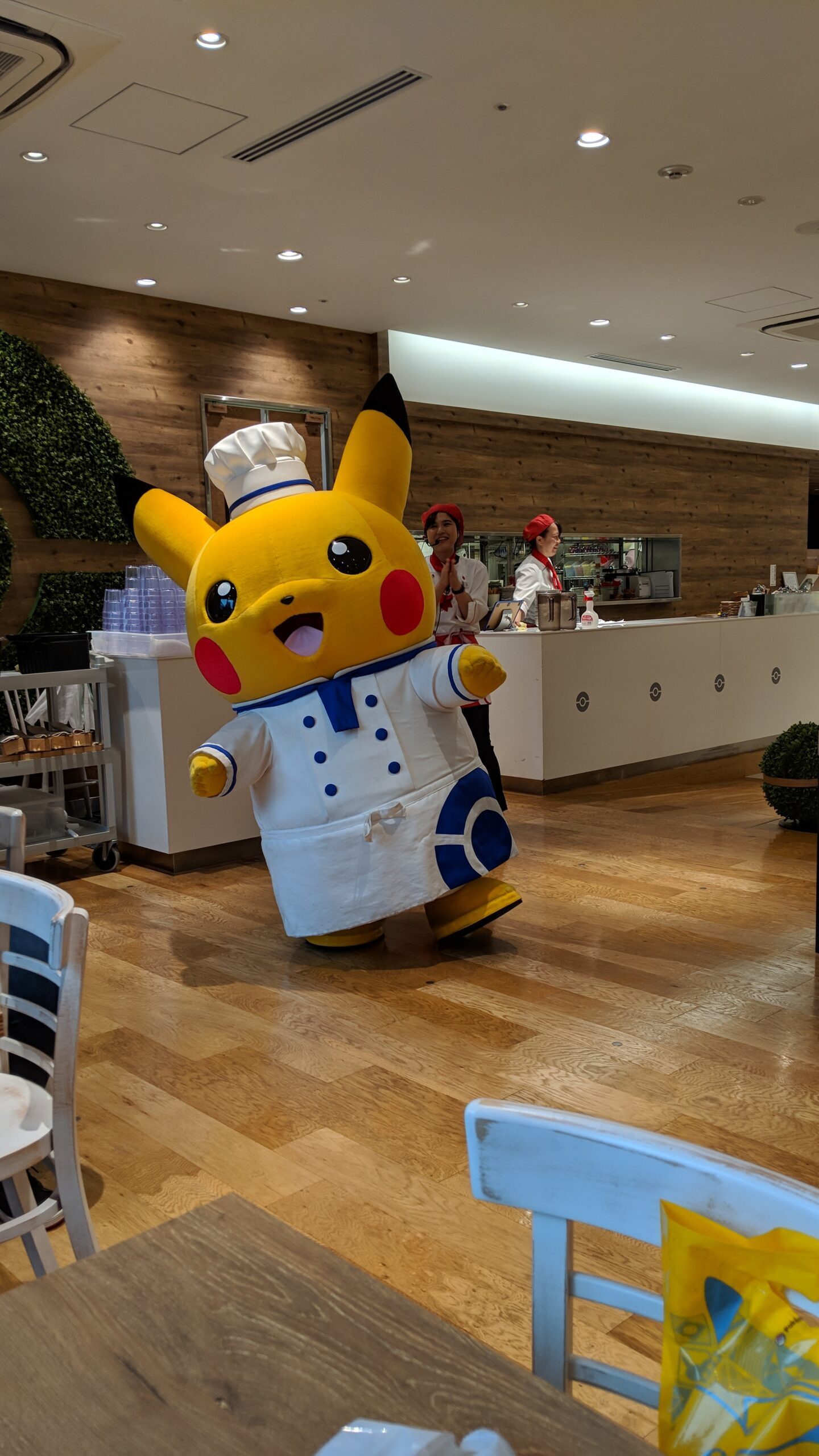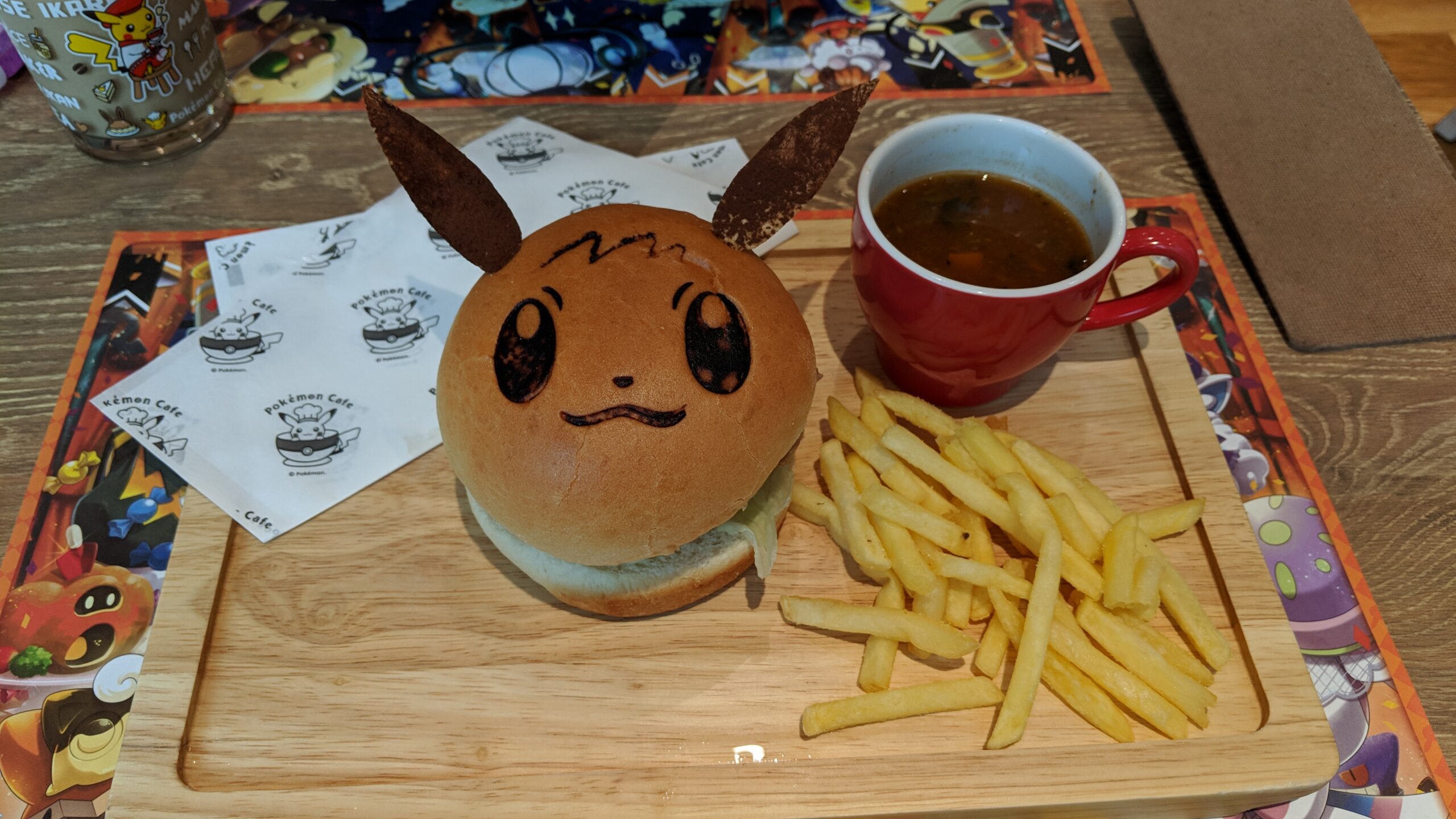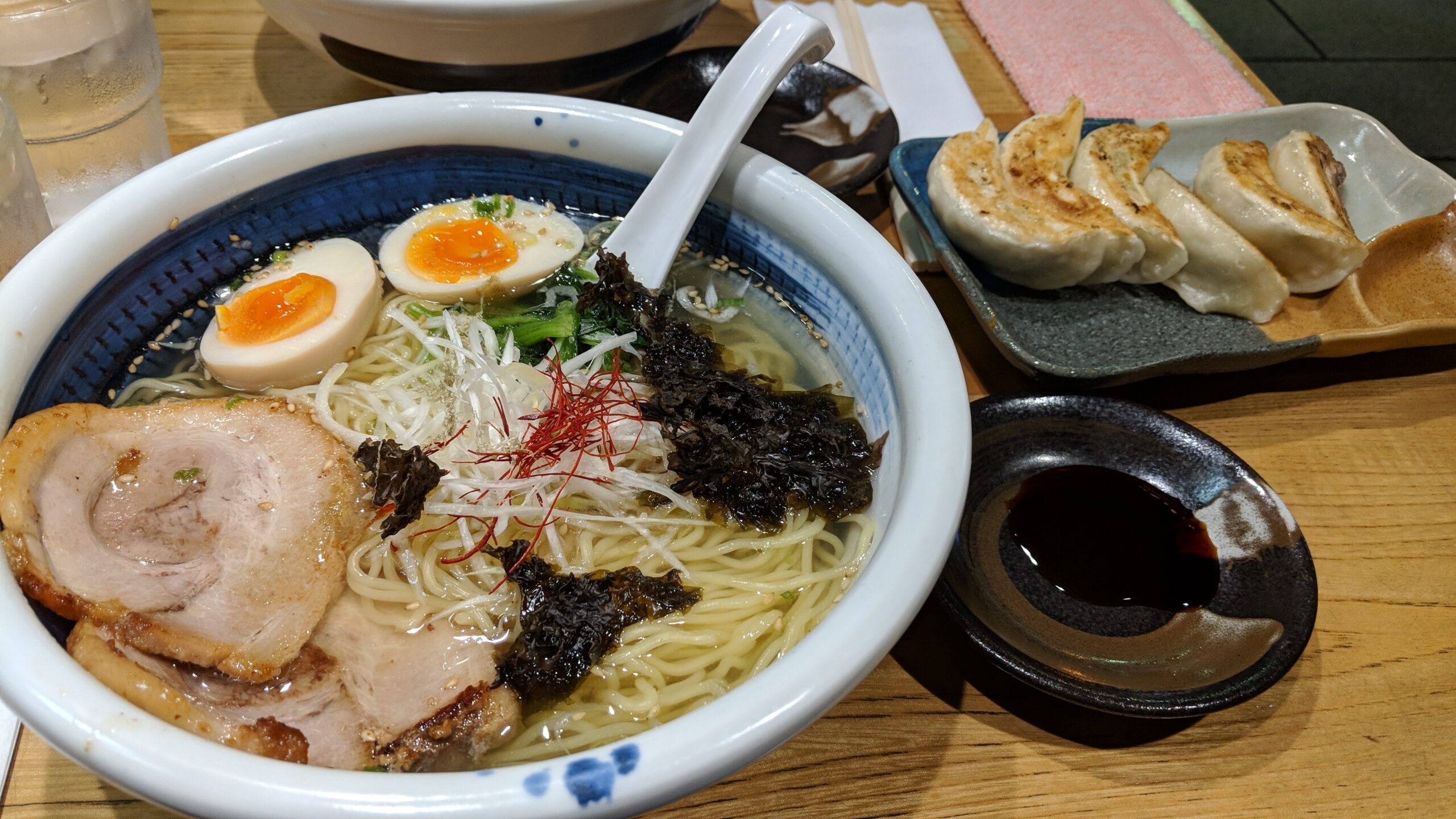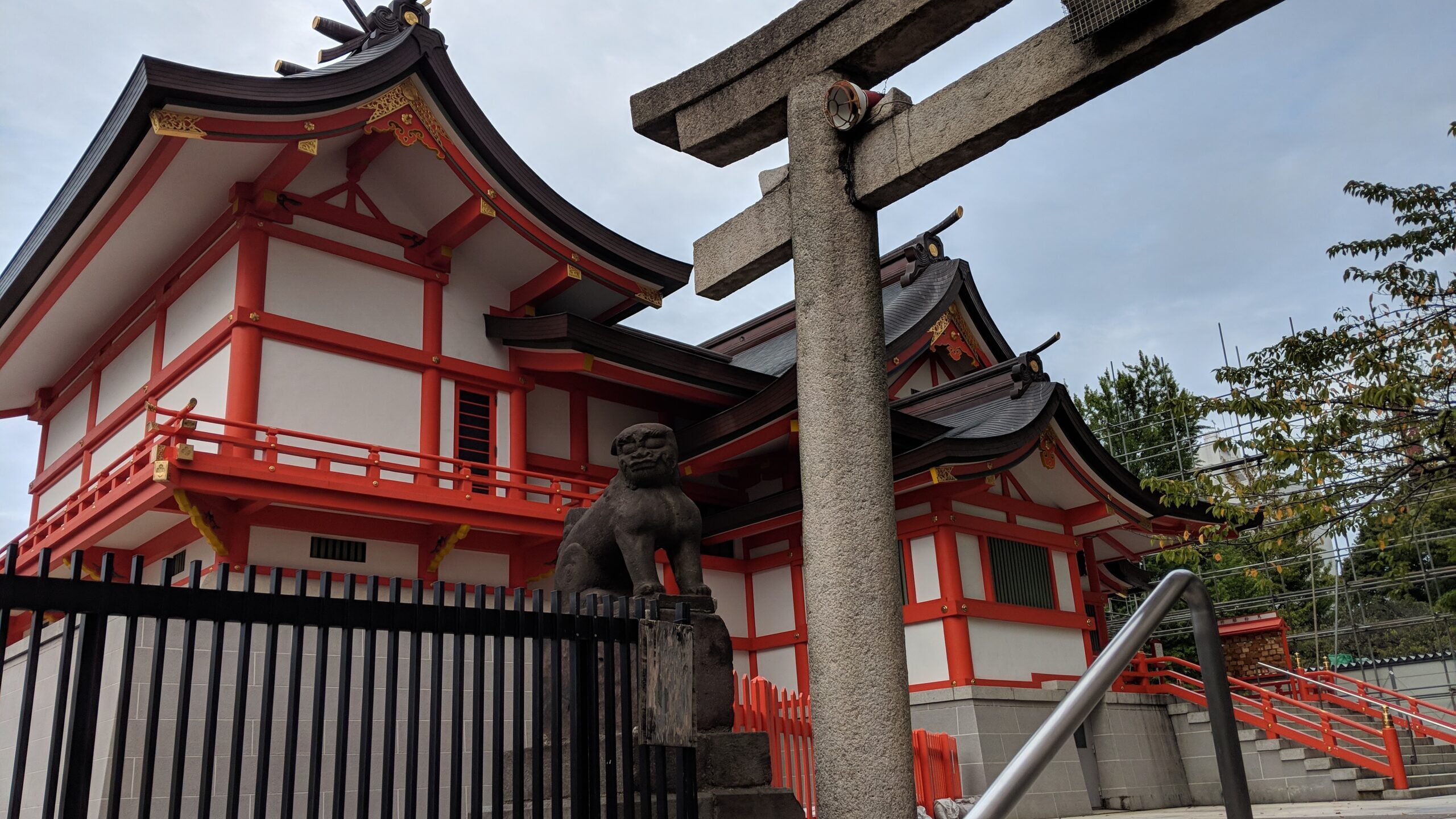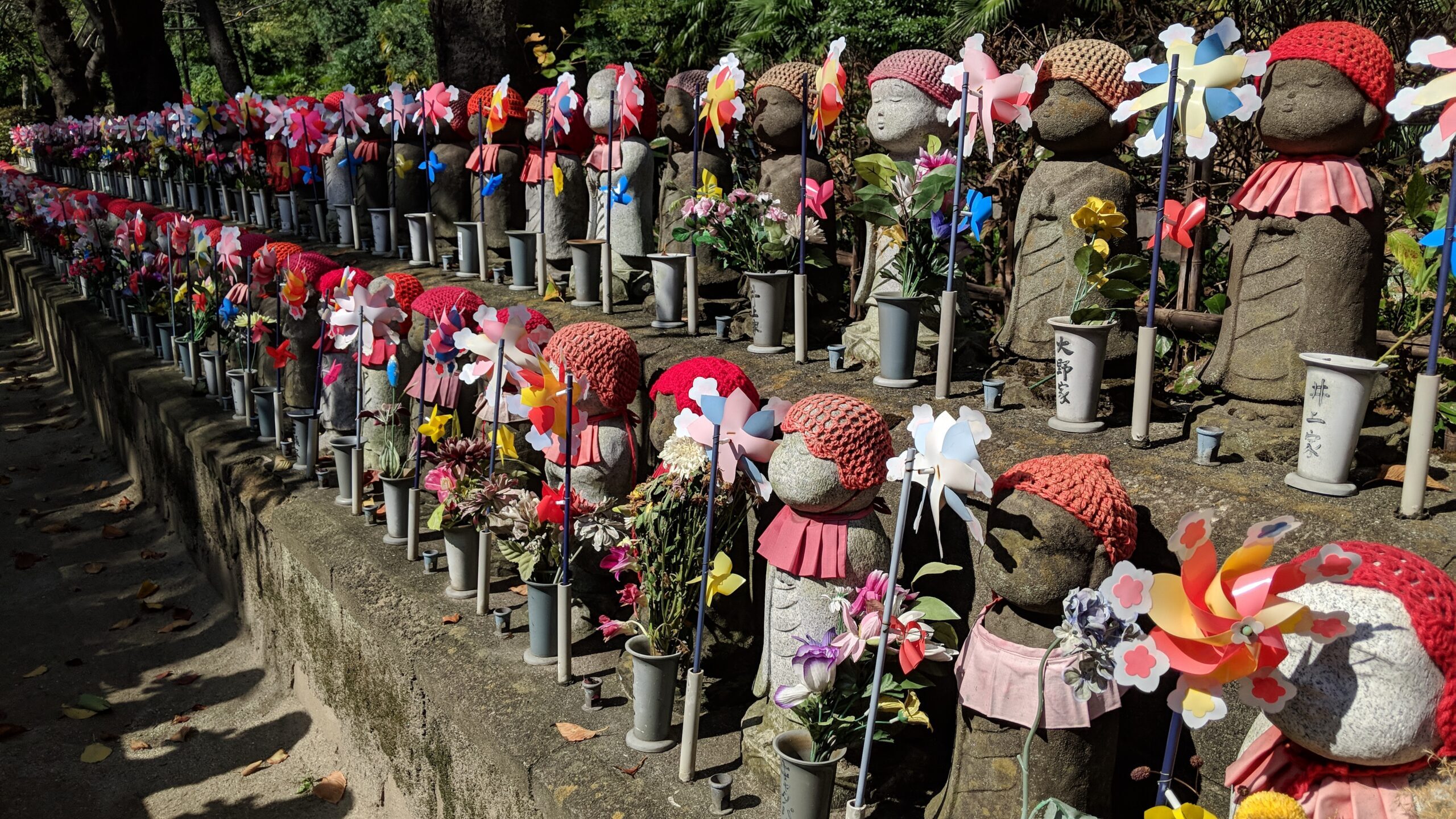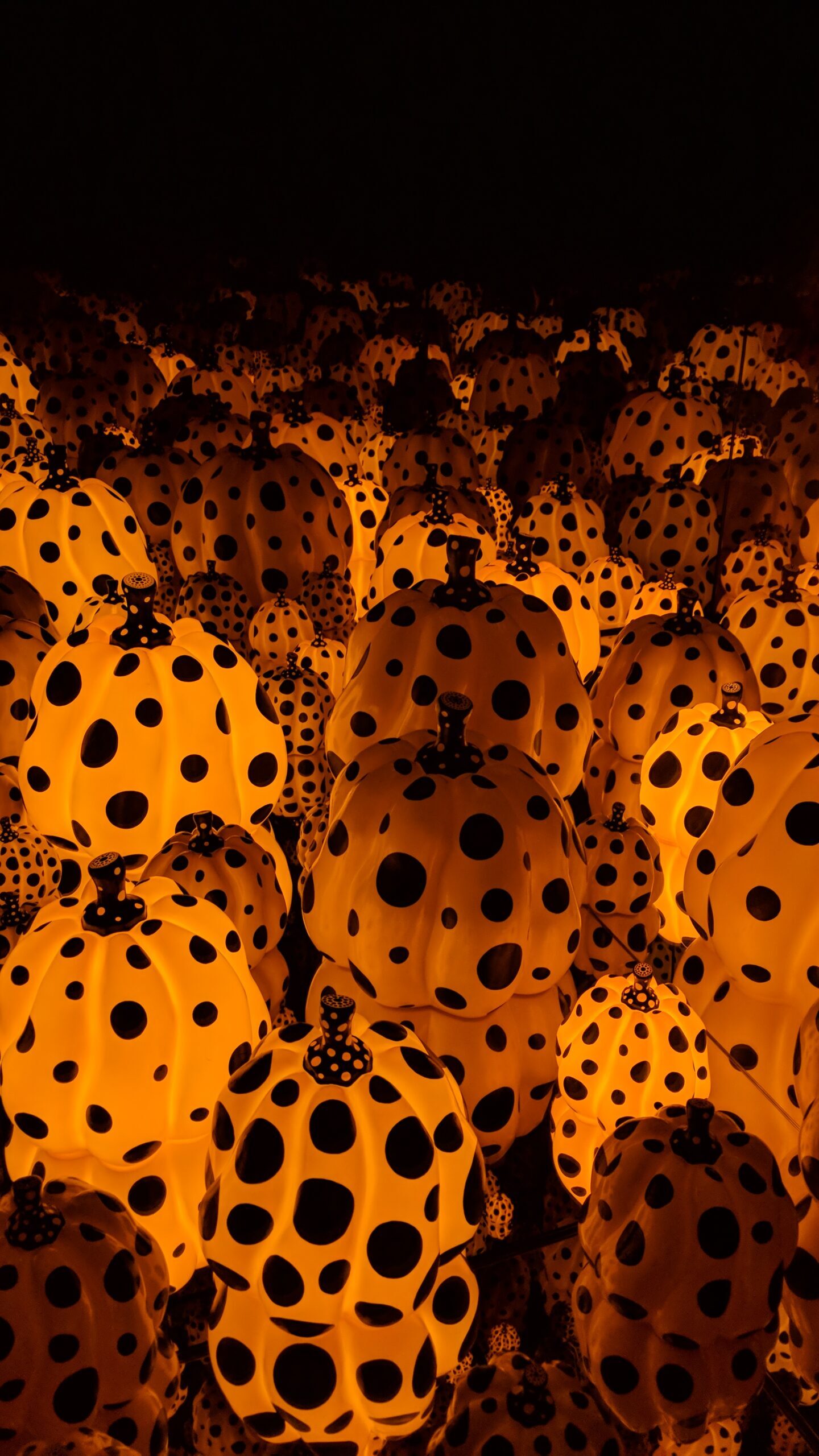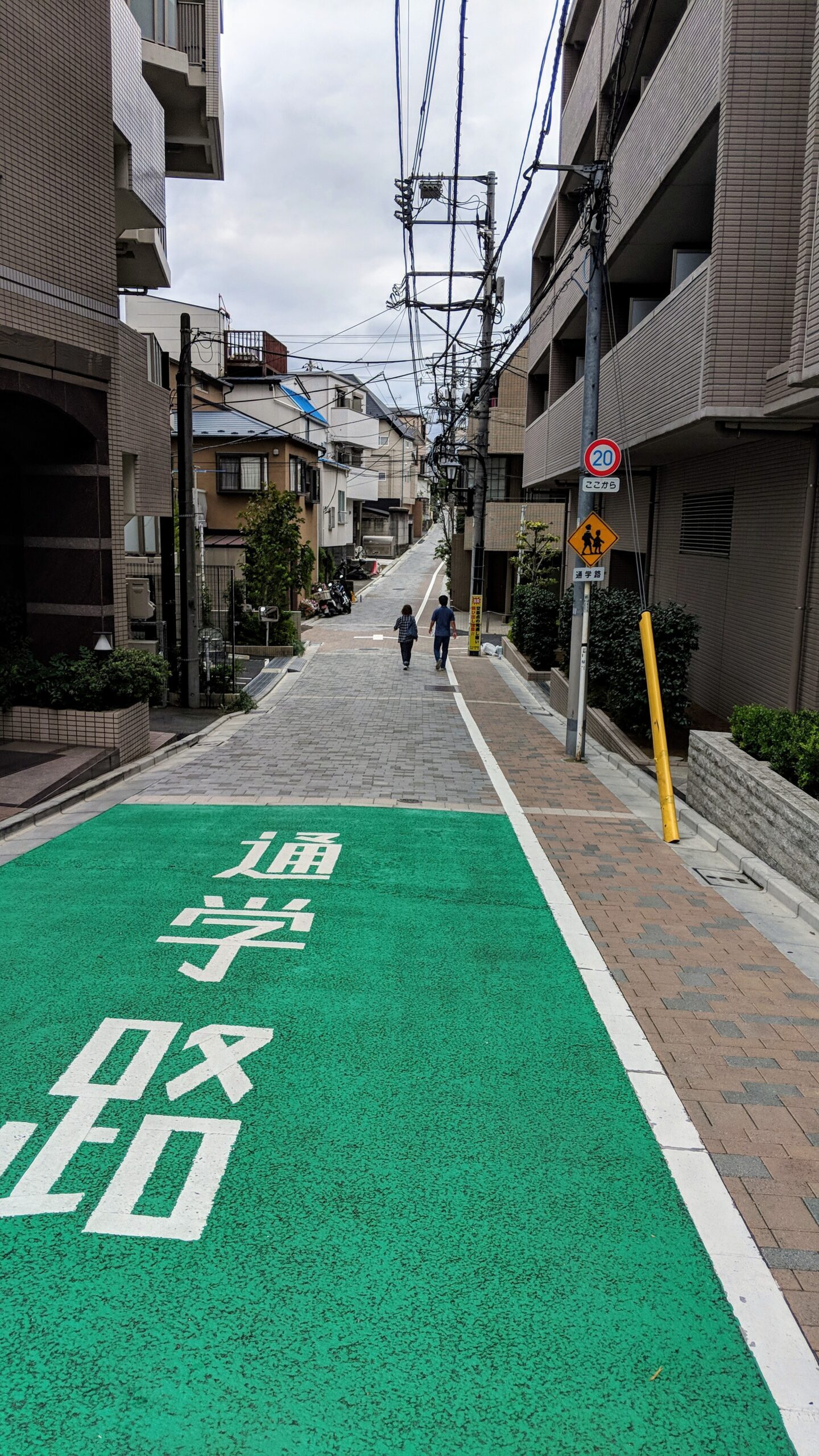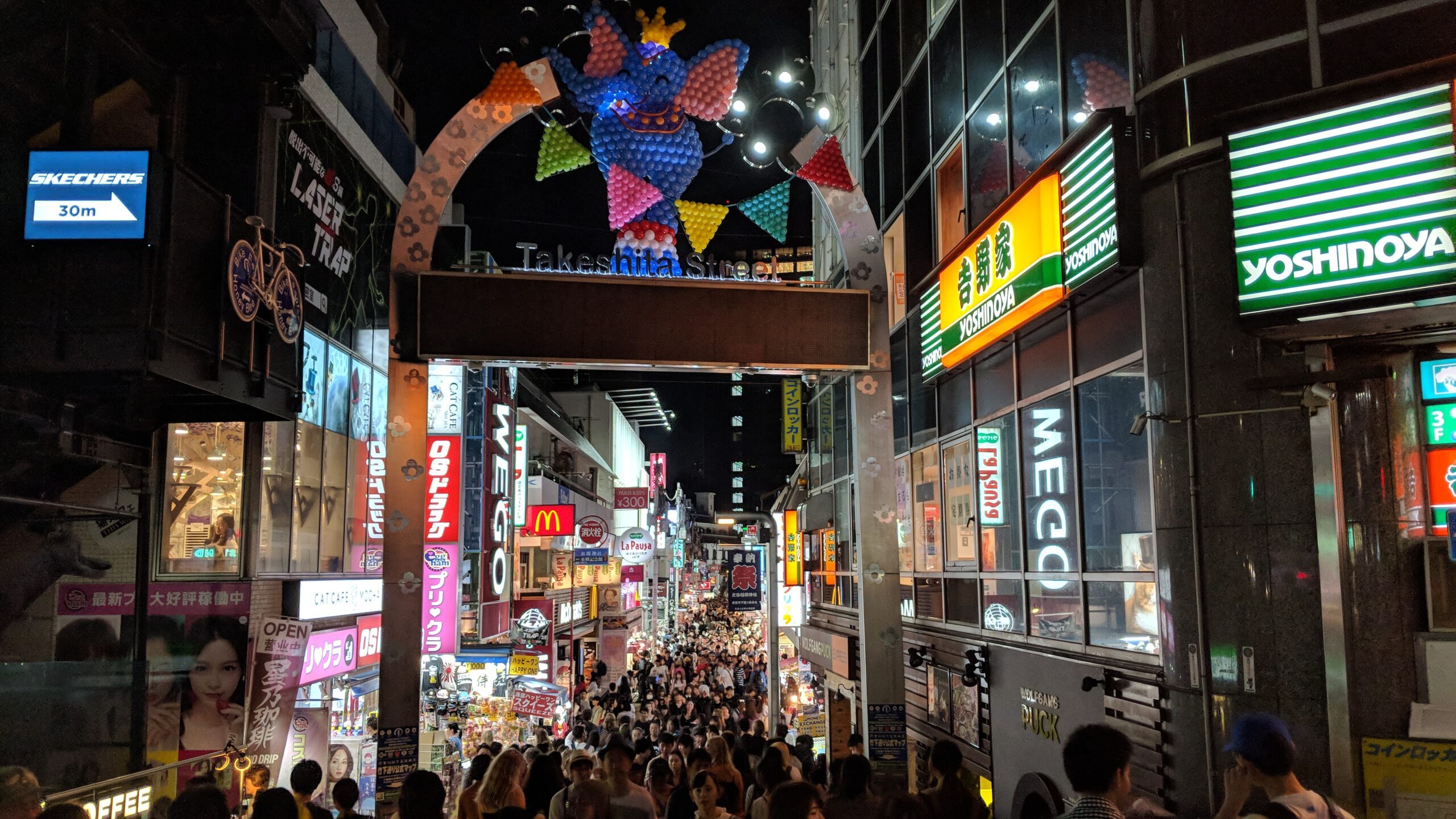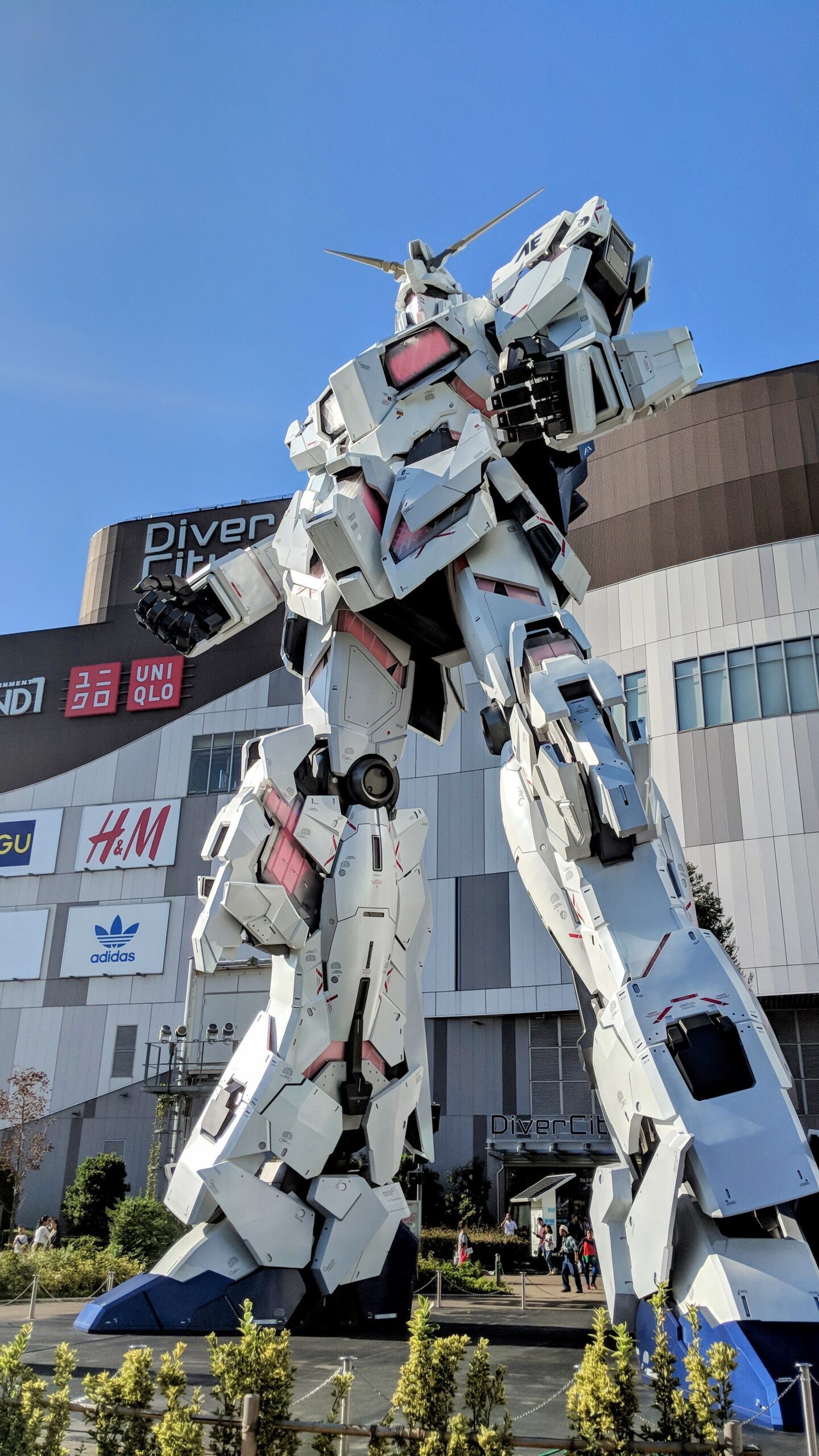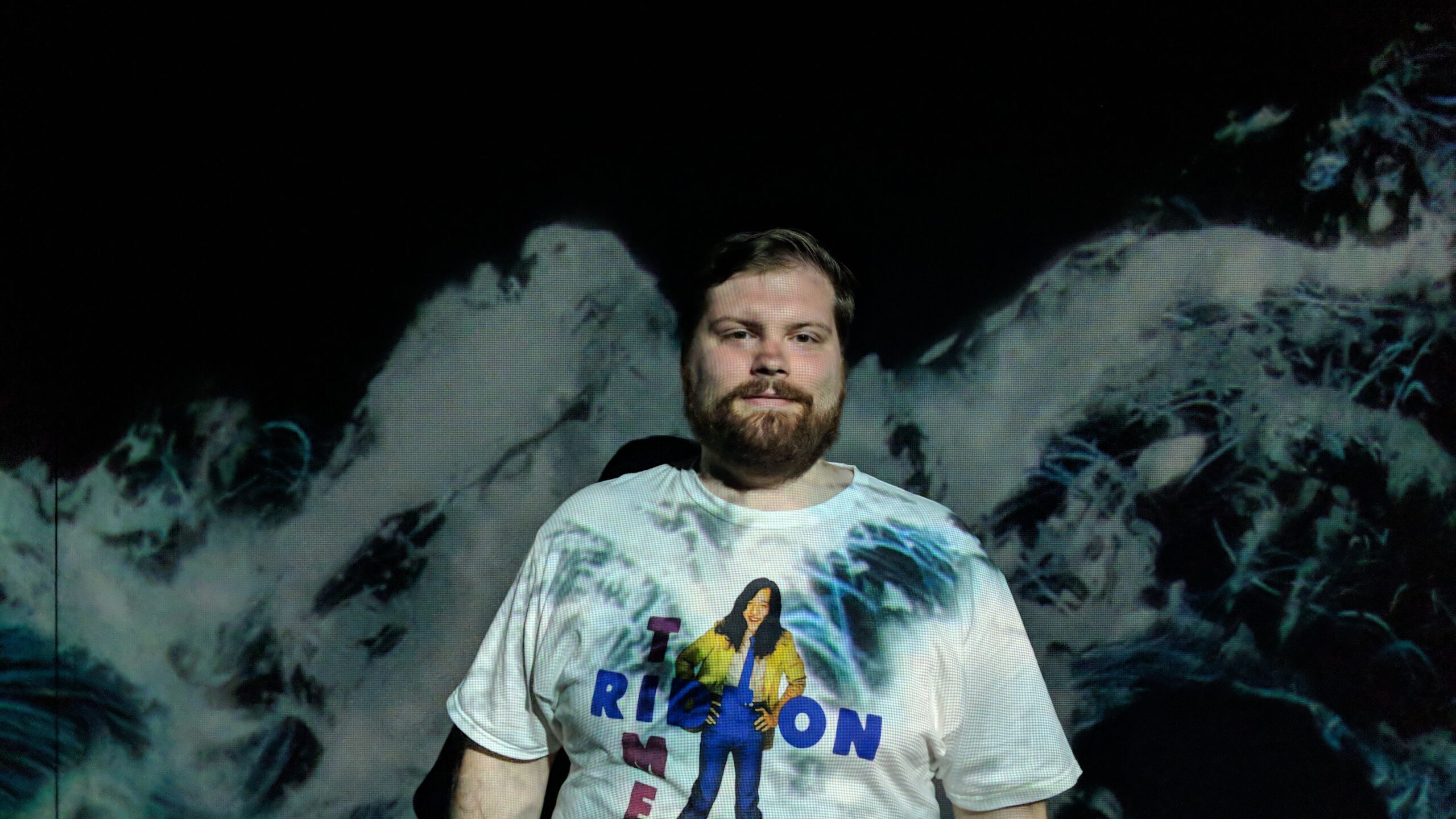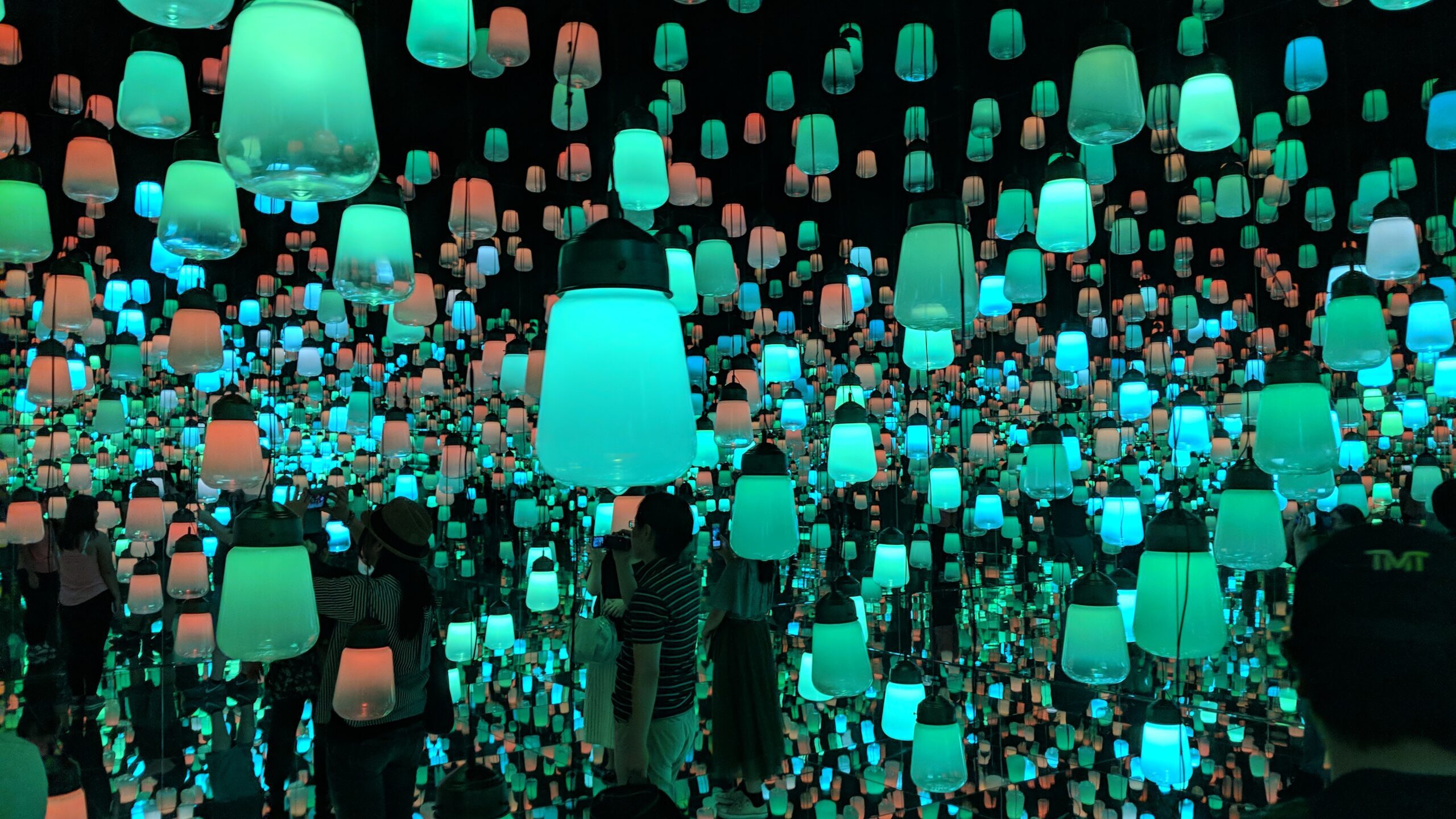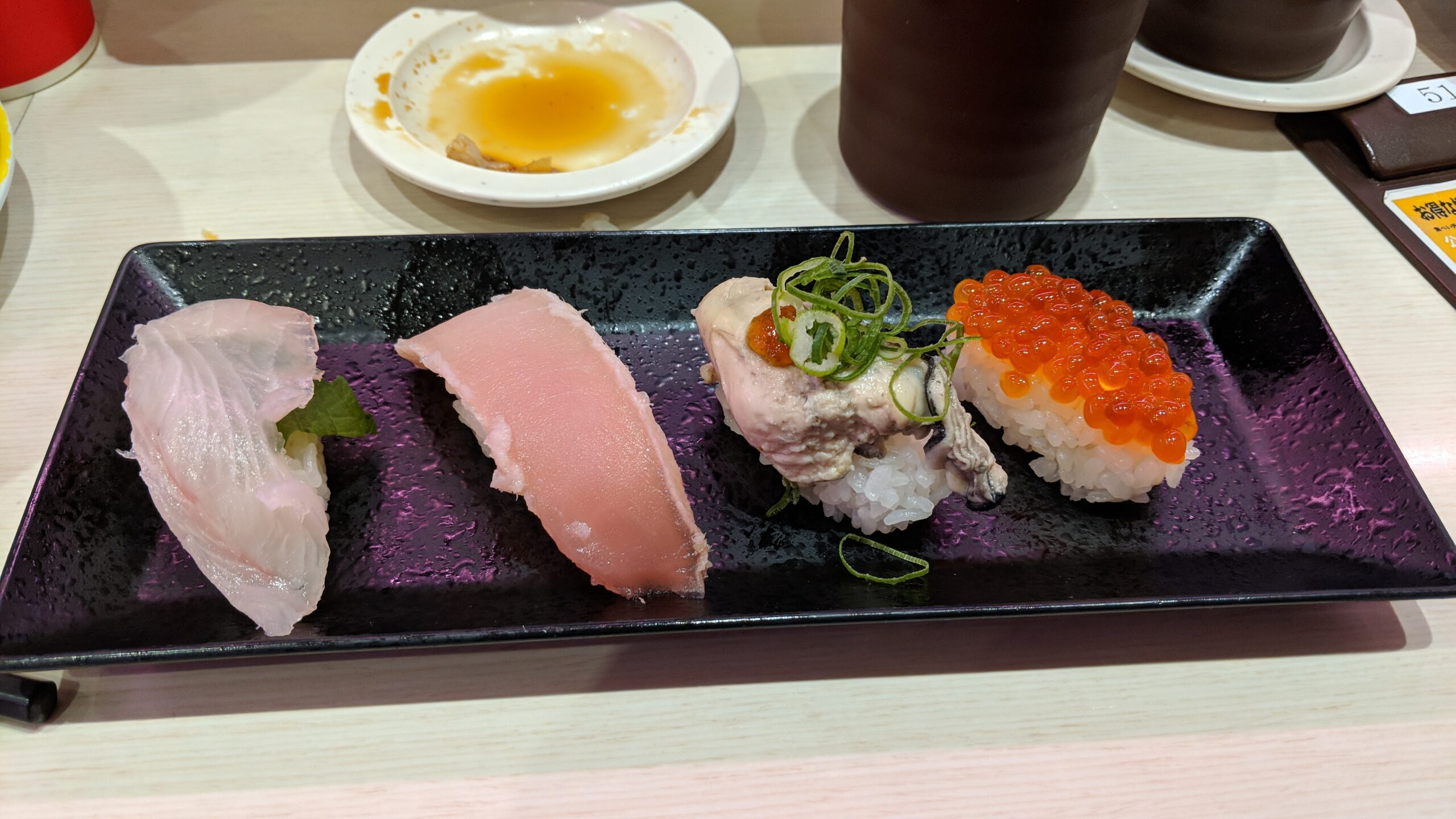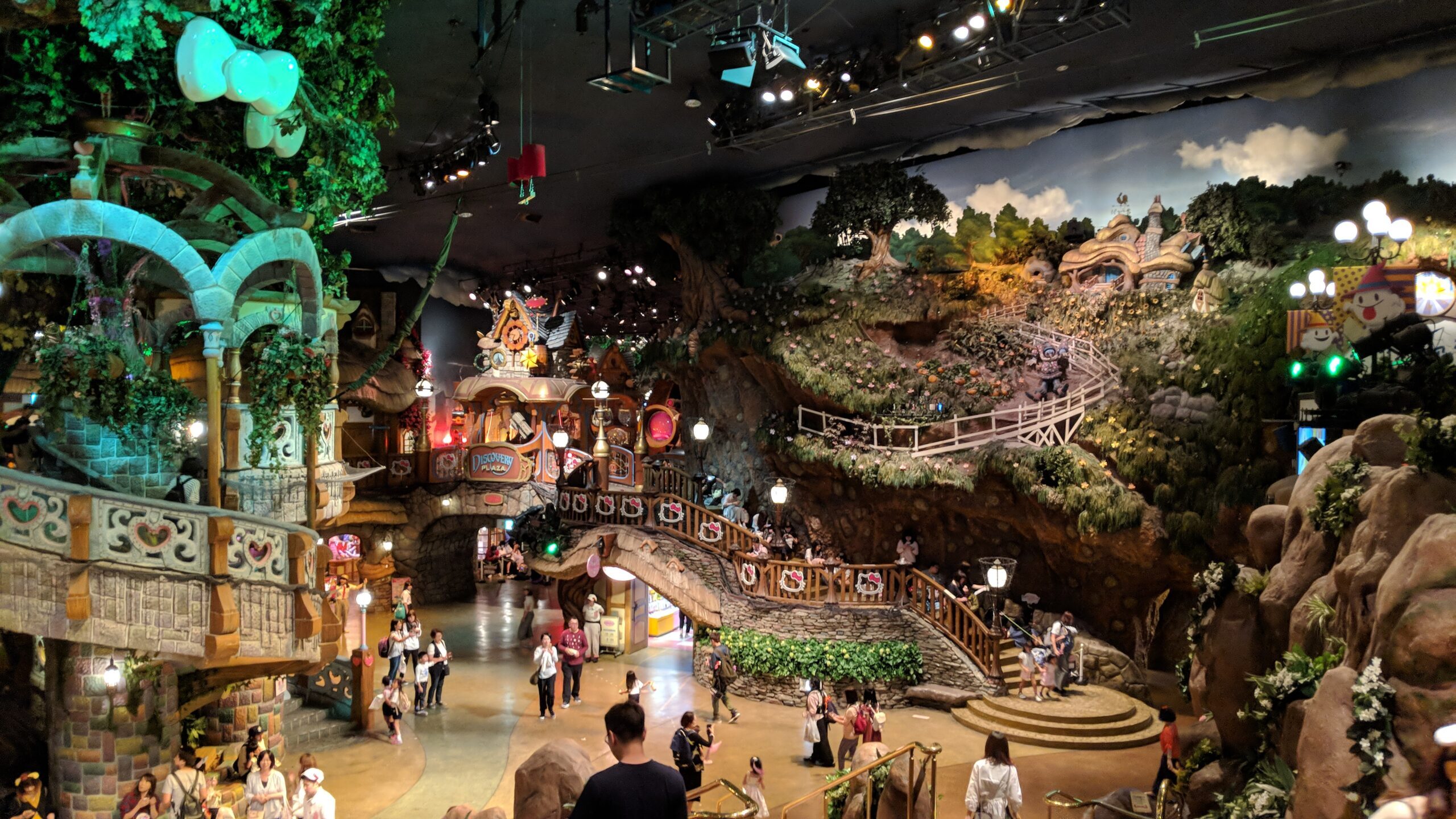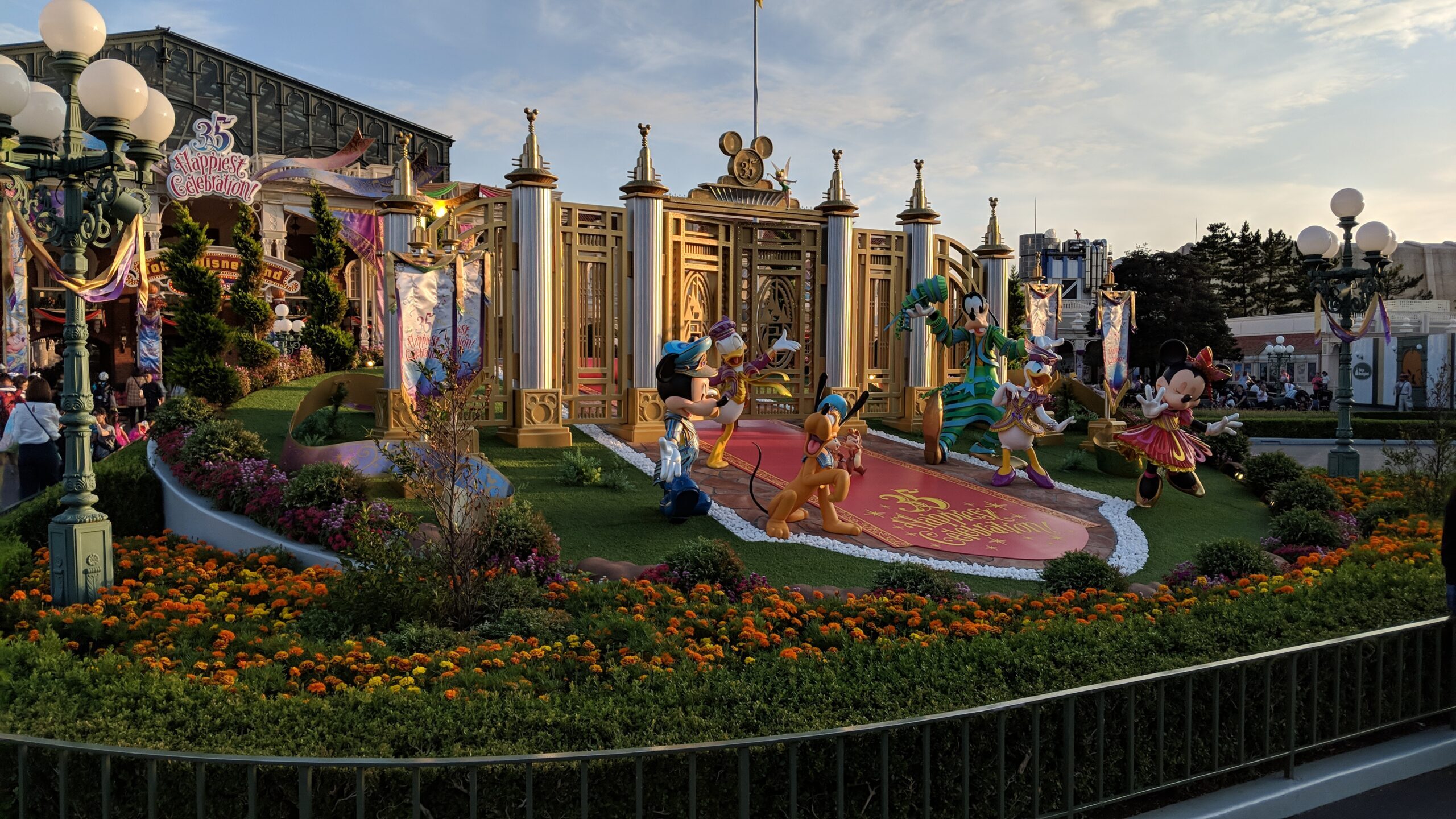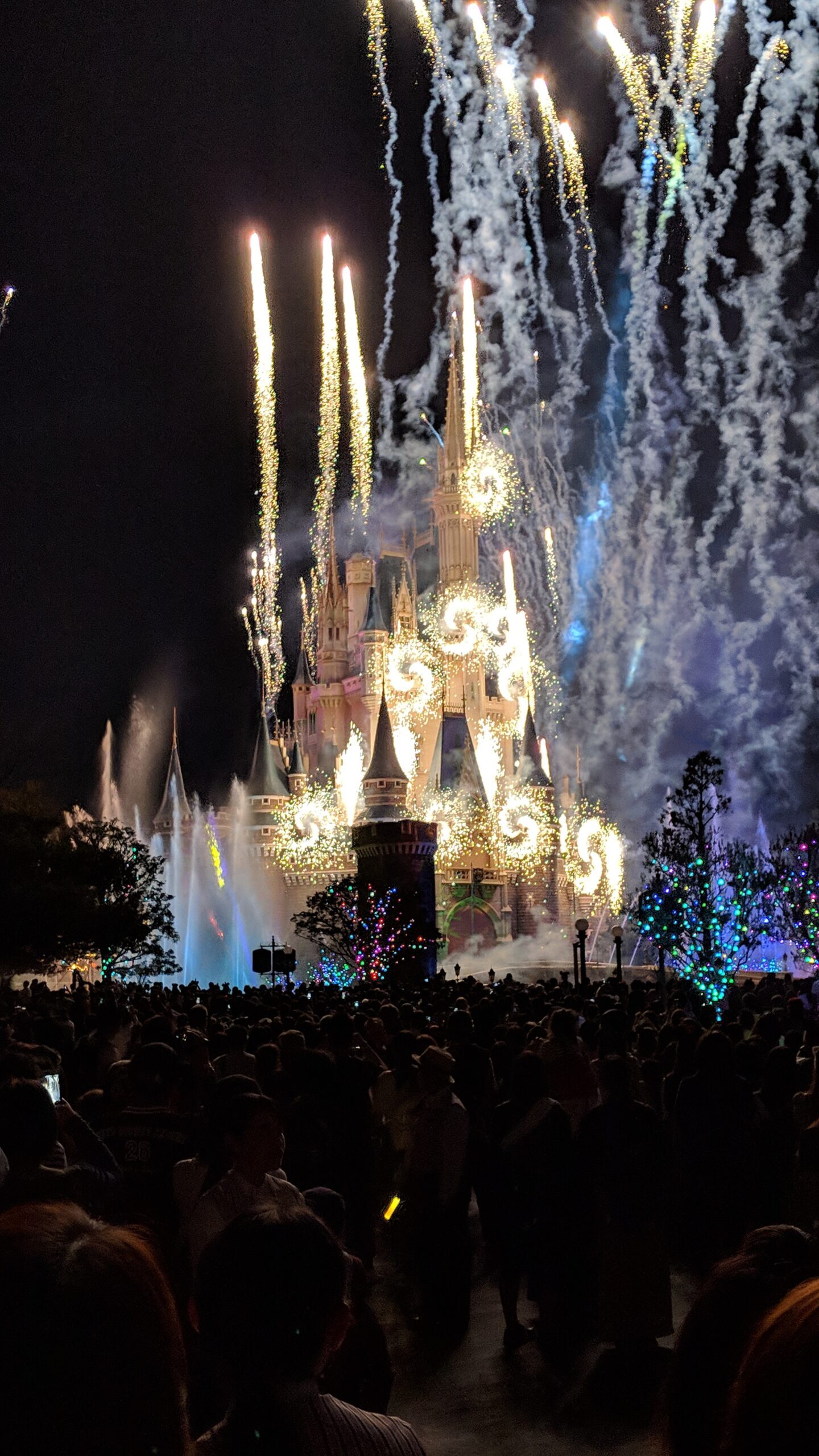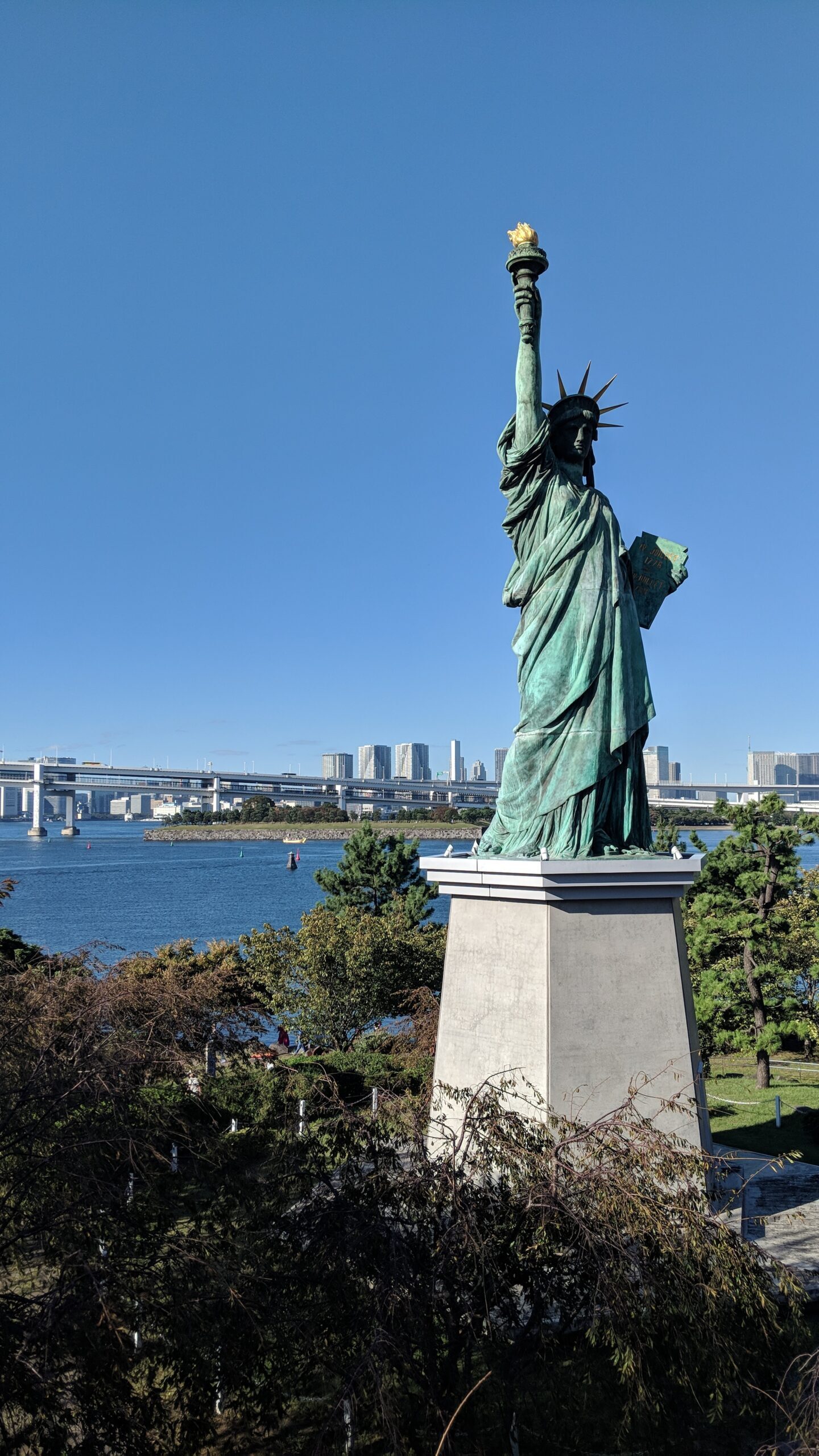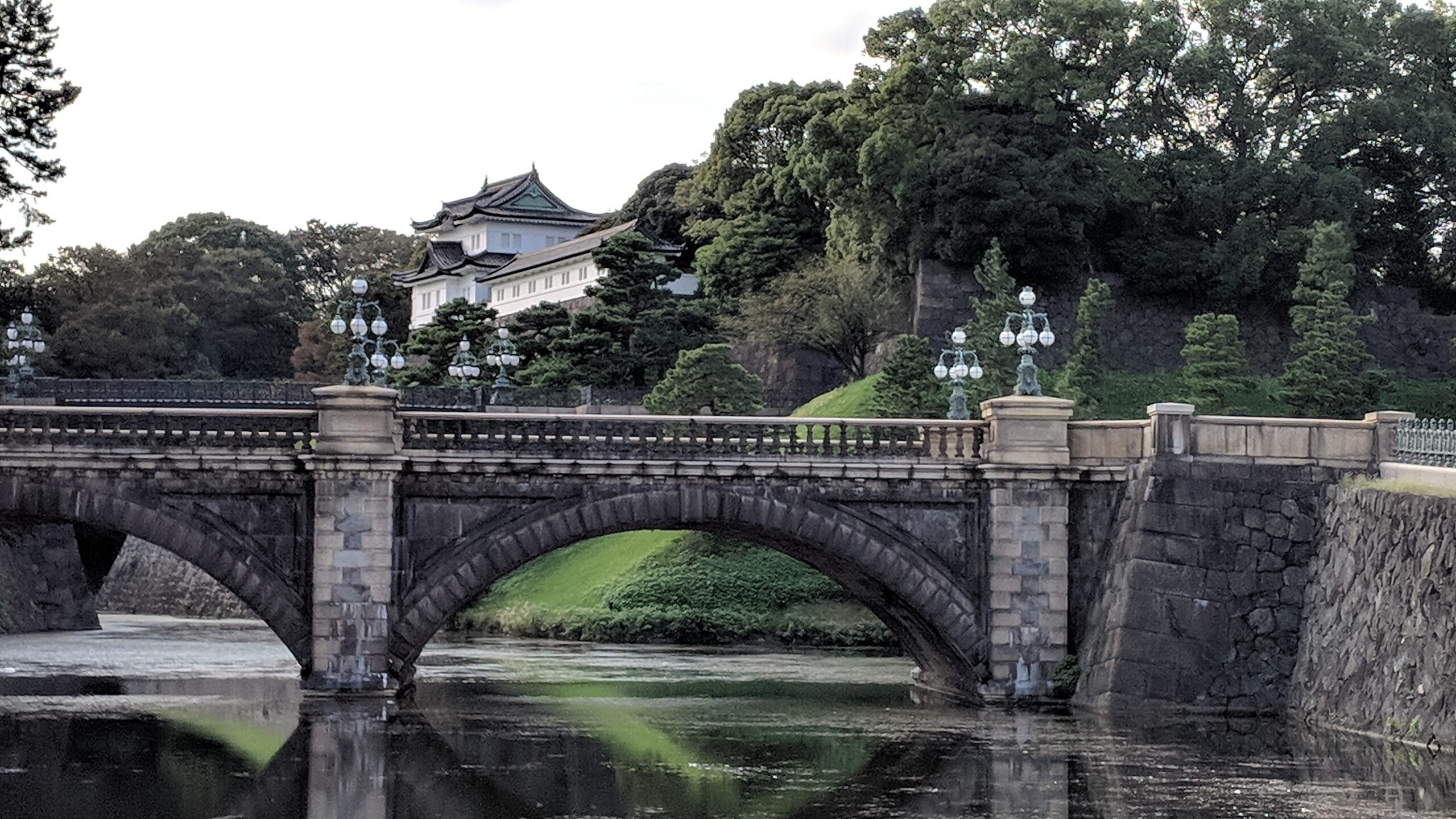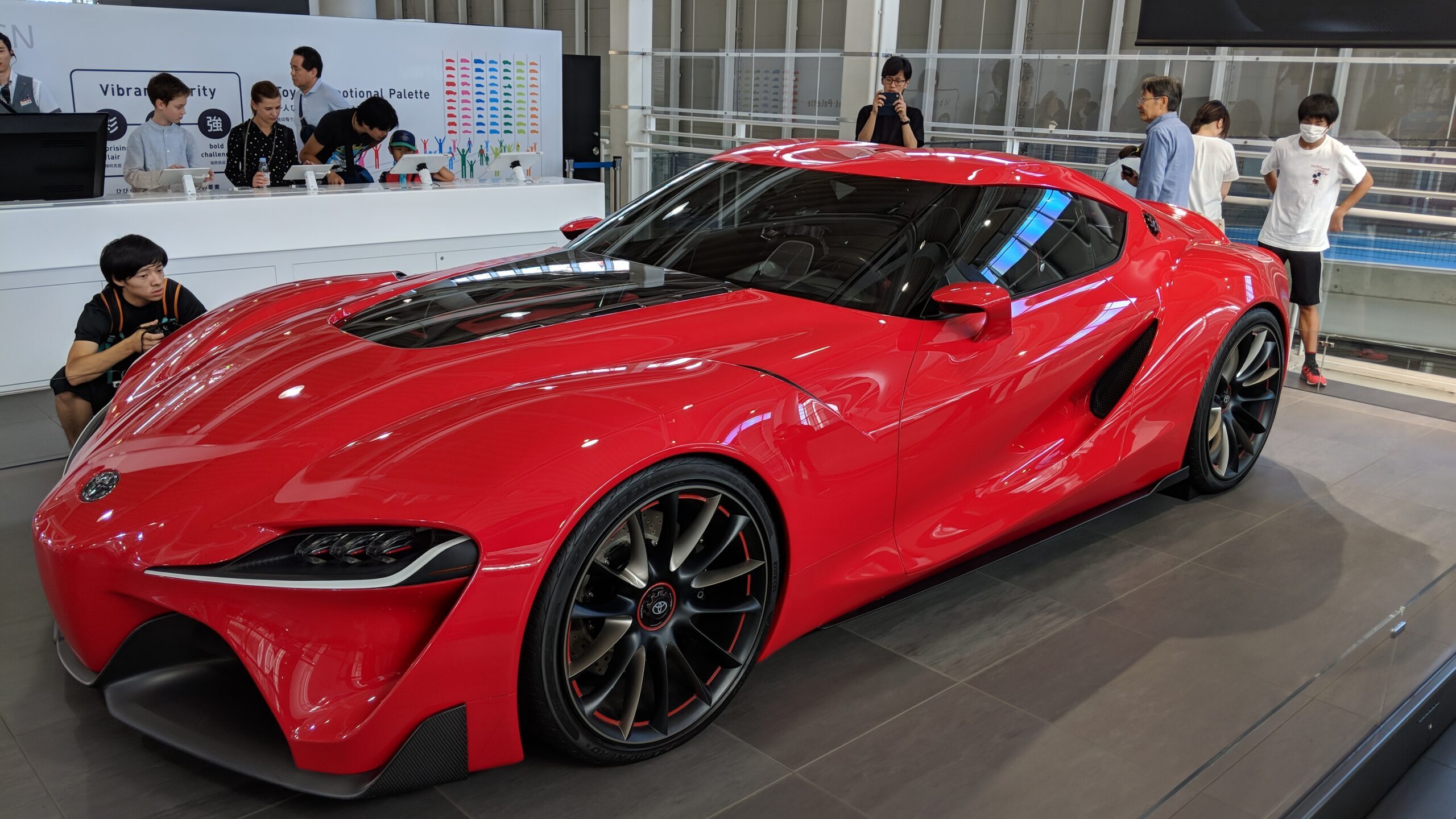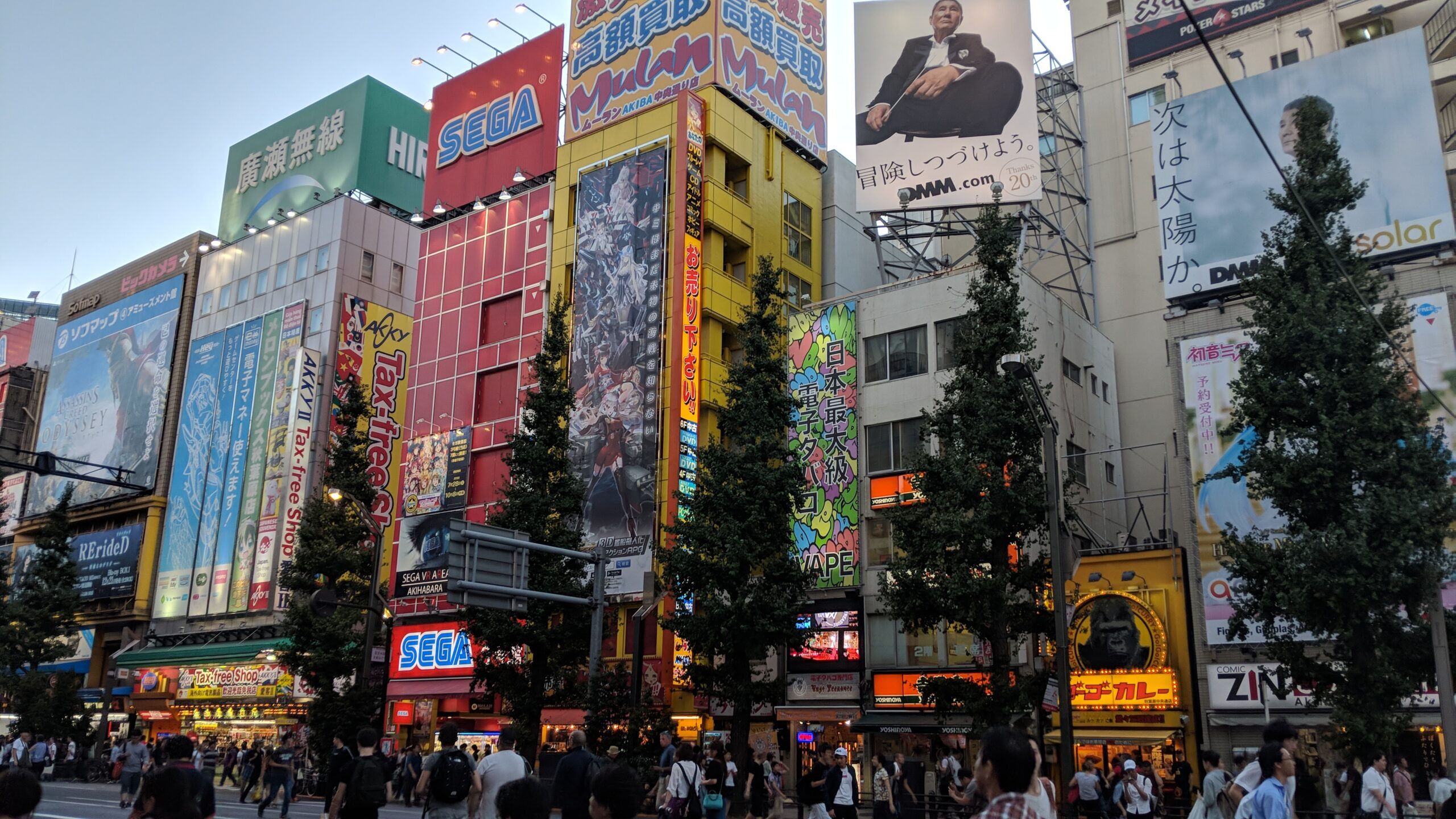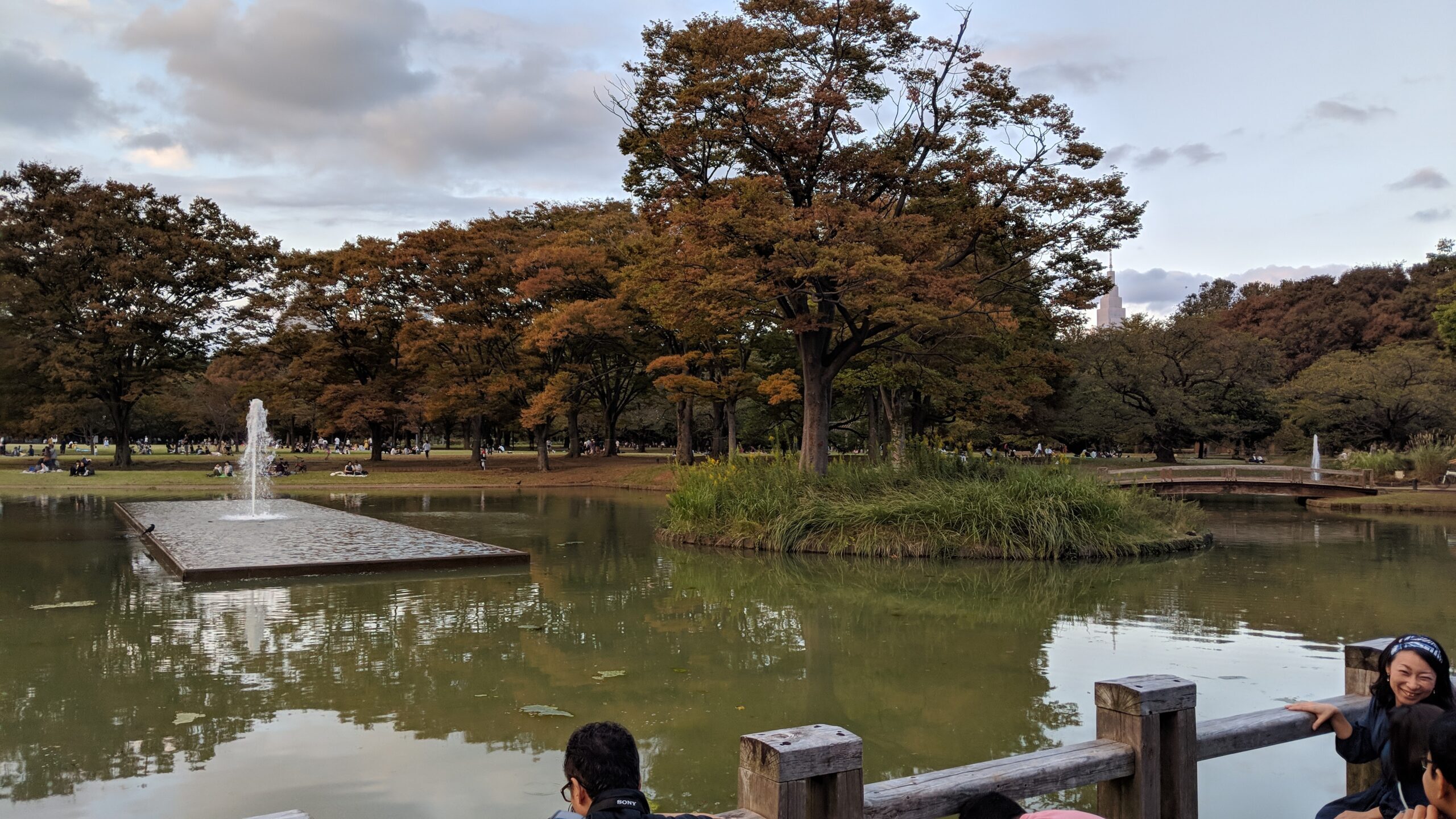Traveling
October 3, 2018 – October 11, 2018
🇯🇵: Tokyo
“The first time I came here, it was a transformative experience. It was a powerful and violent experience. What do I do now? I see the whole world in a different way. A whole window opens up into a whole new thing. And you think, What does this mean? What do I have left to say? What do I do now?”
— Anthony Bourdain, Parts Unknown
I didn’t realize how true those words were until I actually got to Tokyo. Like Bourdain, my first time in the city was overwhelming, but not in a bad way. It was electric, intense, and completely unlike anything I’d experienced before. It hit me so hard, so viscerally, that it forced a reevaluation of my entire worldview. And yet, amongst these powerful feelings, I felt strangely at home. It wasn’t just the culture shock or the unfamiliar language, it was that feeling of something in me shifting. Like my frame of reference had been stretched and nothing else was going to fit quite the same anymore.
I didn’t just visit Tokyo. Something about it reached into my soul and didn’t let go. Other trips I’ve taken since have felt kind of muted by comparison. Less exciting, less alive. I find myself wondering, why go anywhere else when I could just go back to Japan? Like Bourdain said, it opens a whole new window, and once it’s open, it’s hard to go back.
Friends and family often ask, “Why Japan?” or “Isn’t it really different?” or “What if you don’t like the food?” But they don’t get it. I grew up in the ‘90s surrounded by Japanese media and tech. The best cartoons were Japanese. The coolest tech was Japanese. And IYKYK, nothing compares to an MK4 Supra or an R34 Skyline. I always saw Tokyo as a pilgrimage, a spiritual journey to the origin of everything that molded me. A trip that I was destined to make.
Up to that point, I’d only been abroad once (Paris). The idea of a 16-hour flight was daunting. But we booked it anyway. My girlfriend and I had talked about going for a while, and now we were finally doing it.
Shibuya, Shrines, and First Impressions
We landed at Narita, hopped on the N’EX to Shibuya, and immediately stepped into the middle of it all. Shibuya Crossing hit like a wave, thousands of people crossing the road together in perfectly ordered chaos. A few steps away, the Hachiko statue stood quietly in the commotion. We took the typical tourist photos, but Hachiko’s story stayed with me. This loyal dog waiting at the station for years. It hit harder, maybe because I’ve had two shibas at home.
We found moments of quiet, too. Tokyo’s full of shrines and temples that feel like they exist in another world entirely. During my trip, I visited several significant spiritual sites, including the Shinto shrines of Meiji Jingu, Hanazono Jinja, and Nezu Jinja, as well as the prominent Buddhist temples of Sensoji Temple and Zojo-ji Temple. At Meiji Shrine, the vast, quiet grounds offered a serene escape from the urban sprawl. We were fortunately enough the catch a glimpse of a traditional Japanese marriage ceremony while there too. Sensoji Temple, with its vibrant Nakamise-dori market bustling with merchants offering everything from traditional crafts to unexpectedly delicious crab legs, presented a genuinely joyful experience on spiritual grounds. But my favorite was Nezu Shrine, a hidden gem that felt like my own personal Inari temple, with rows of vermillion torii gates and a quiet stream winding past elderly locals painting or practicing tai chi. It was a genuine moment of peace and tranquility right there in the heart of the world’s largest metropolis.
Everyday Convenience
Let’s cut right to the chase and talk about the topic everyone mentions… toilets. The rumors are true: they’re incredible. Heated seats, music, little control panels that felt more advanced than the plane I flew in on. Step into the future, one bathroom at a time.
And then there were the konbini: 7-Eleven, Lawson, Family Mart. If you’ve been to Japan or Korea, then you know. They’re everywhere, and somehow, everything in them is good. Onigiri, fried chicken, melon bread became my staples for future trips. And across the board, food in Japan just felt better. It seemed healthier, less processed, and somehow lighter…even the fried stuff. And the price of eating out, whether it was sushi, ramen, or a konbini snack, was surprisingly reasonable. Everything felt more fairly priced compared to back home, where a decent meal can easily set you back way more than it should. The Family Mart jingle even became my ringtone for a while. I wish I was joking.
Sushi was another level too. I’d had sushi before, and love it, but never like this. The sushi back home simply can’t compete. Conveyor-belt sushi was a completely new concept for me, incredibly fresh and ridiculously affordable. It was better quality, better tasting, and less expensive than anything back home. The convenience was astounding; sushi was everywhere, even at the konbini, where it was surprisingly fresh and genuinely flavorful, completely changing my perception of fast food.
Culture Shock and Comfort
At night, Tokyo hit different. Its streets awash in a shimmering neon tide. Music pouring out of arcades and shops, as countless people flowed through a glowing labyrinth. That first evening walking through the neon- bathed streets of Shibuya and Shinjuku was probably the first time in my life that I felt real, intense, genuine culture shock. I finally understood what “sensory overload” meant…there’s just so much happening all at once that your brain lags behind, fumbling to process it all. Everything felt unfamiliar, dare I say alien, but not in a bad way. It felt alive, and it felt right.
But then we’d turn a corner and find peace. A tiny alley restaurant. A steaming plate of chicken katsu. Soft chatter, warm lighting, the smell of miso and fried oil in the air. Moments like that made the chaos feel perfectly balanced. That place felt like it was built for someone exactly like me, someone who finds peace tucked between the noise.
Before the trip, I’d started learning Japanese, nothing fancy, just the basics. A few phrases, some kana, enough to order food or ask simple questions. I wanted to be respectful, to make an effort. I tried to use it when I could, and while most people replied in English, I think the effort was appreciated. I admire people who can speak multiple languages. There’s a kind of flexibility and openness in that skill I envy. FUN FACT: I try to pick up the basics of the local language wherever I go. I know basic Japanese, German, French, and Spanish, and can read a little hangul (korean).
Japan surprised me in quieter ways too. Like how cash is still king. Despite its futuristic image, Japan is largely a cash-based society. I quickly got used to carrying a coin purse, especially for those pesky ¥1 coins. And I was amazed by how clean everything was—even without public trash cans. It wasn’t an inconvenience, it was just normal. A responsibility shared by all in Japan.
The streets were spotless. Trains, stations, even the busiest alleys felt cleaner than most restaurants back home. This wasn’t accidental; the train system, for instance, operated with legendary punctuality, down to the second, making navigation surprisingly easy thanks to clear multi-lingual signage. Despite the immaculate public spaces, there was a noticeable absence of public trash cans, meaning I quickly learned to always carry a small bag or backpack to hold any trash until I could dispose of it at my hotel. It’s a small adjustment, but one that speaks volumes about the collective sense of responsibility and cleanliness that permeates Japanese society. Every time we sat down for a meal, we were handed a warm hand towel (oshibori) to clean our hands before eating. It was a gesture of care and ritual that quietly reminded me to slow down, reset, and be present.
And at the shrines, that reverence for cleanliness deepened. Before entering, we stopped at the temizuya, a small purification station where you rinse your hands and mouth with cool water using a wooden ladle. It’s a simple act, but it carries much meaning. It’s not about religion or belief, it’s about respect. That value of respect through cleanliness was something I didn’t realize I was missing until I experienced it firsthand.
Childhood Dreams Made Real
One of the highlights was the Pokémon Center, a shrine for fans like me. And of course, we scored a coveted reservation at the Pokémon Café, where we met Chef Pikachu and completely nerded out over themed food and drinks. For anyone who grew up loving Pokémon, it’s kind of like meeting Santa and finding out he makes a decent omelet.
In Asakusa, my girlfriend rented a beautiful kimono, and she looked absolutely stunning as we walked along the Sumida River. The traditional beauty of Sensoji Shrine stood glowing, surrounded by bustling crowds, with her beauty in the kimono radiating beside it. Chaos and calm, side by side. That’s Tokyo in a nutshell.
We also checked out the life-sized Gundam in Odaiba, got our minds blown at TeamLab, and had a proper throwback day at Tokyo Disneyland (her first time at a Disney park). We even went to the Sanrio Puroland. Why not? Everyone loves Hello Kitty!
One of the most meaningful moments, however, came when I reunited with an old college friend who had moved to Japan. Hearing about his personal experience, seeing how he’d built a life there, navigating a new culture and language, it stuck with me. Made me wonder what that life would be like for me. If I could do it too. I’d be lying if I said I wasn’t a little jealous. Hope you’re still thriving out there, D. Much respect.
The Lasting Impact of Tokyo
Looking back, that first trip to Tokyo was far more than just another vacation. Tokyo made me re-evaluate how I see the world and my place in it. It taught me to appreciate the small things: order, calm, mutual respect, cleanliness. It made me think about how a shared sense of responsibility can transform a place. How a city can run smoothly not just because of rules, but because everyone buys into them. Every little thing, from how people line up for trains to how quiet the streets are at night, made me think differently about how a city could be. It made me see how much culture shapes the pace of life, how we share space, and how we treat one another.
It also made me realize how much culture shapes everything, from how we move, eat, speak, and interact. And how eye-opening it is to see that done so differently from in America. The Japanese lifestyle, with its emphasis on order and communal harmony, felt incredibly refreshing, almost like a pace that was more “my speed.” There was a noticeable absence of public trouble or aggressive behavior, and the streets were unbelievably spotless; the only wildness I saw were drunk salarymen sleeping on benches late-night, still tamer than any American college town. It made me wonder what life would be like in a culture where respect and restraint were default settings, not exceptions. And it made me reflect on how much we tolerate back home that we do not need to.
The food alone could fill a dozen posts. Every meal told a story. It showed me that food is a powerful gateway to understanding a culture. I’ll get into that more in later posts.
It didn’t feel like visiting a new city. It felt like finding a version of myself I didn’t know was missing in a city I have always known. It opened a door to new experiences and a deep, lasting appreciation for a different way of living. It taught me that sometimes, the most meaningful transformations happen when you step outside your comfort zone, into a world that shows you what else is possible. I’ve been back twice since, and I know I’ll go again.
I could wax poetic about every single day I spent in Tokyo. But for now, I’ll leave it here. In time, I’ll dive deeper in other articles, each one unraveling a different piece of the city that felt like the one I’d always known.
The Version of Me That Stayed Behind
In retrospect, that first trip to Tokyo was an unraveling. A remembering. It shook something loose in me, a quiet part I had forgotten, or maybe had never fully realized.
It did not feel like arriving somewhere new. It felt like stepping into a city I had always known; something inside me recognized it. As if it had been waiting for me.
I miss the person I was there.
Someone unburdened.
Someone who wandered without needing a destination.
Someone who got lost on purpose, not to be found, but to feel free.
Someone who believed that every neon sign held a secret meant only for me to discover.
Tokyo did not ask me to belong.
It gave me permission to disappear. In that disappearance, I felt more whole than I had in a long time.
I do not know if I will ever be that version of myself again. But I know where I last saw him.
He still lives there, I think.
And maybe that is why I keep going back. Not just for the city itself, but for the version of me that only exists within it.
